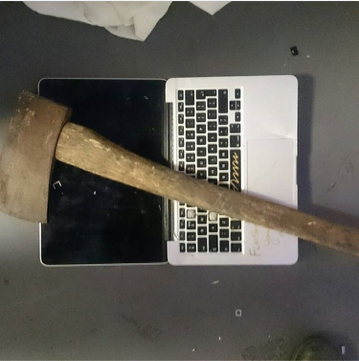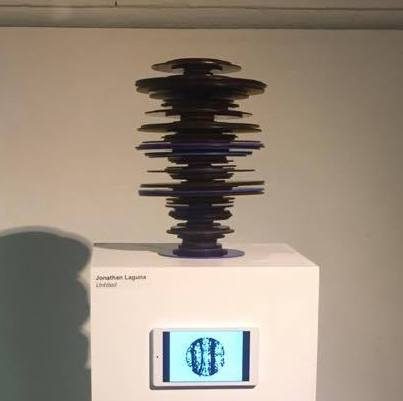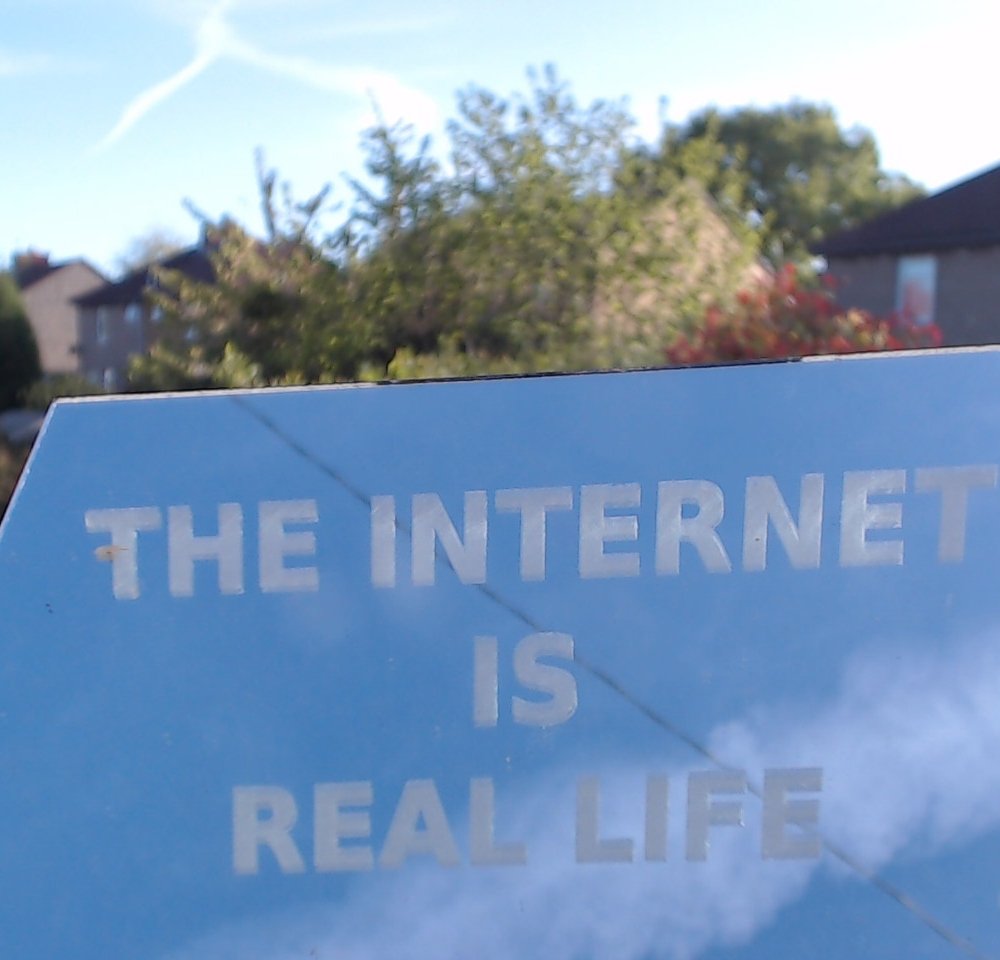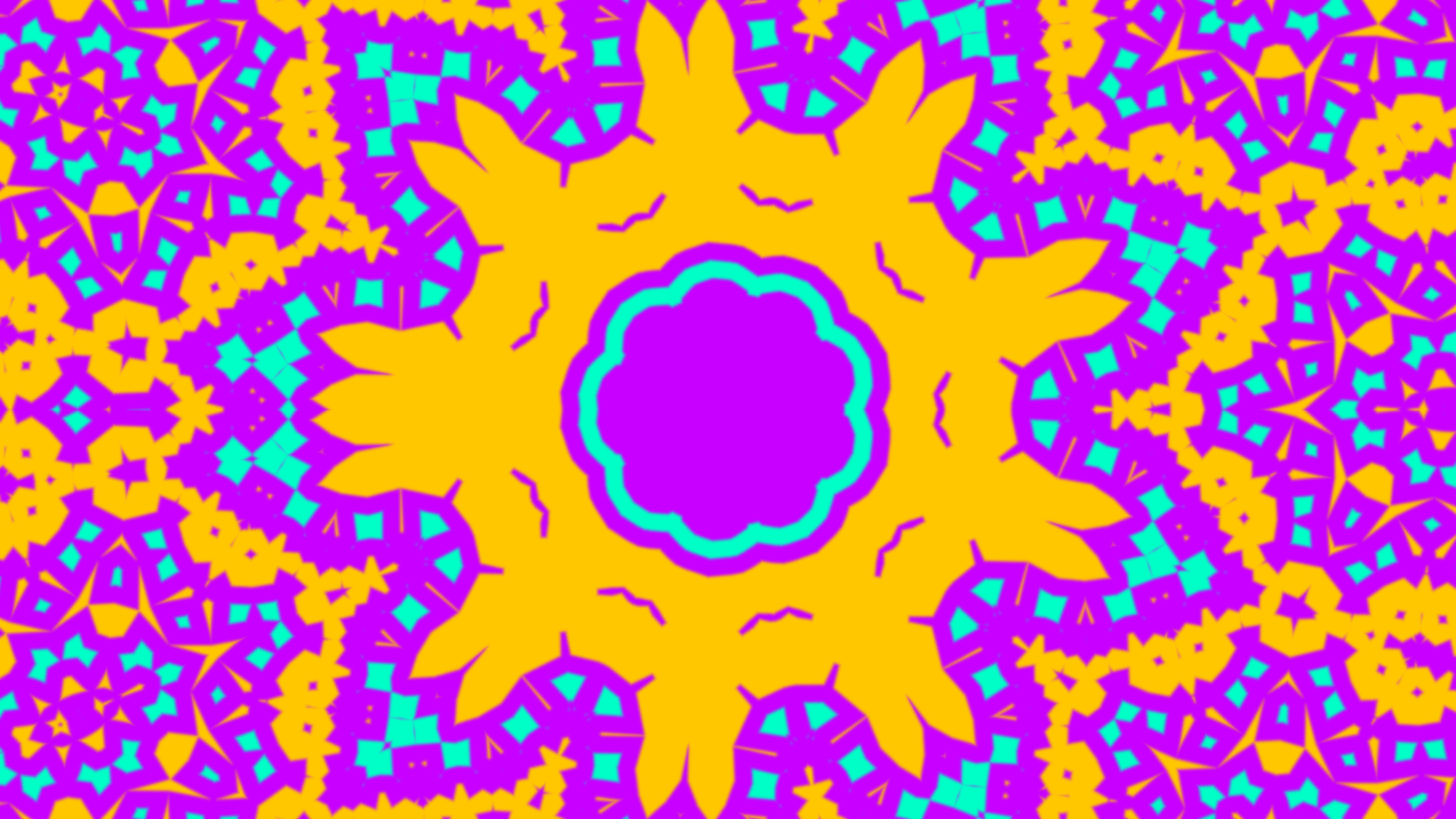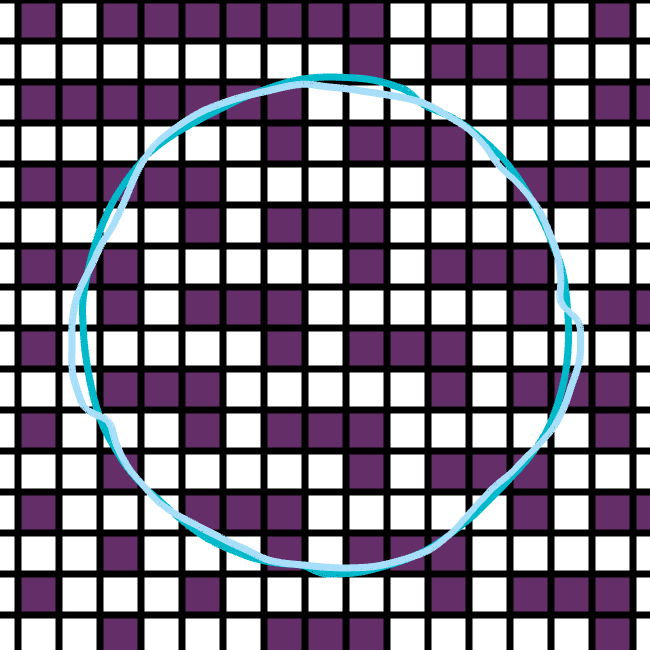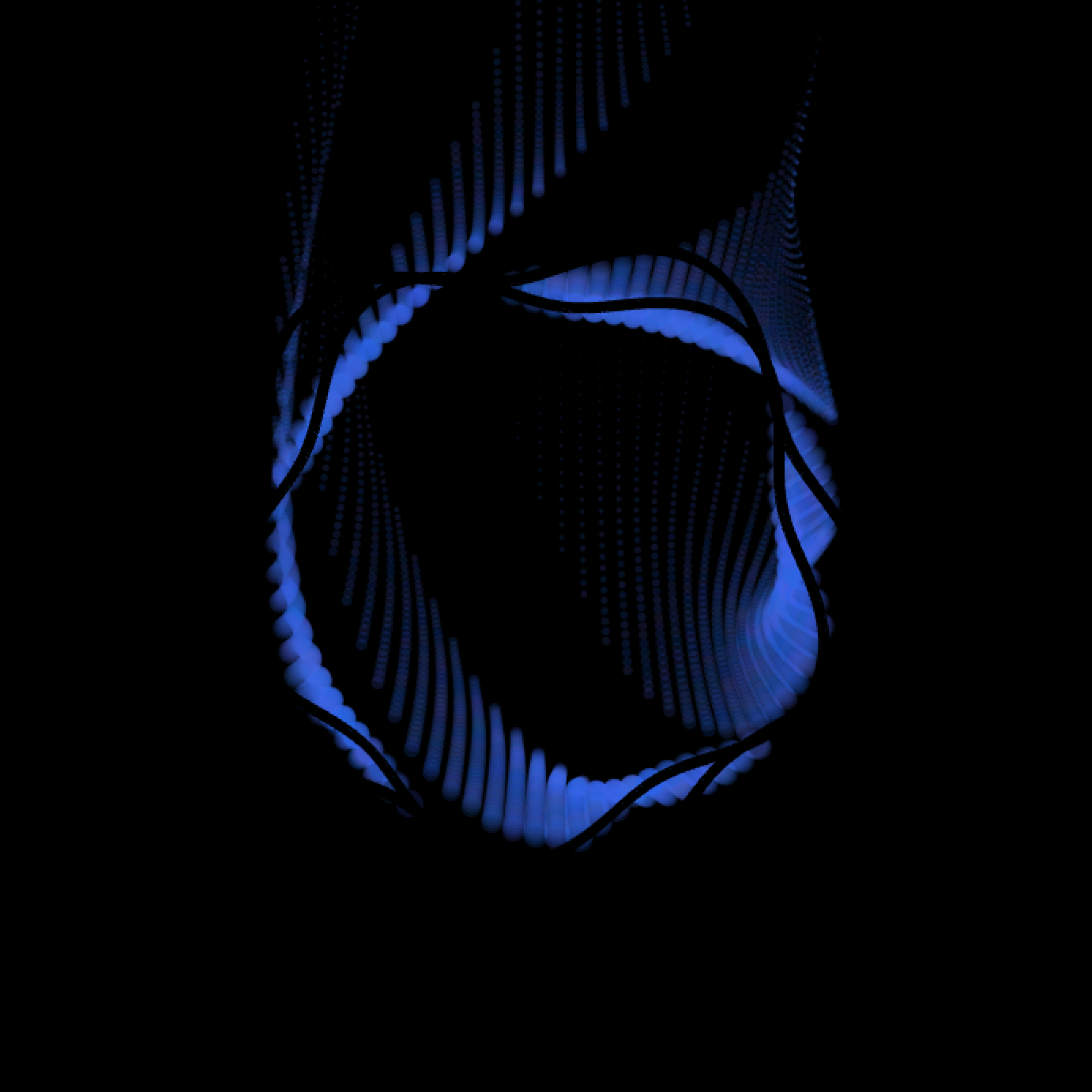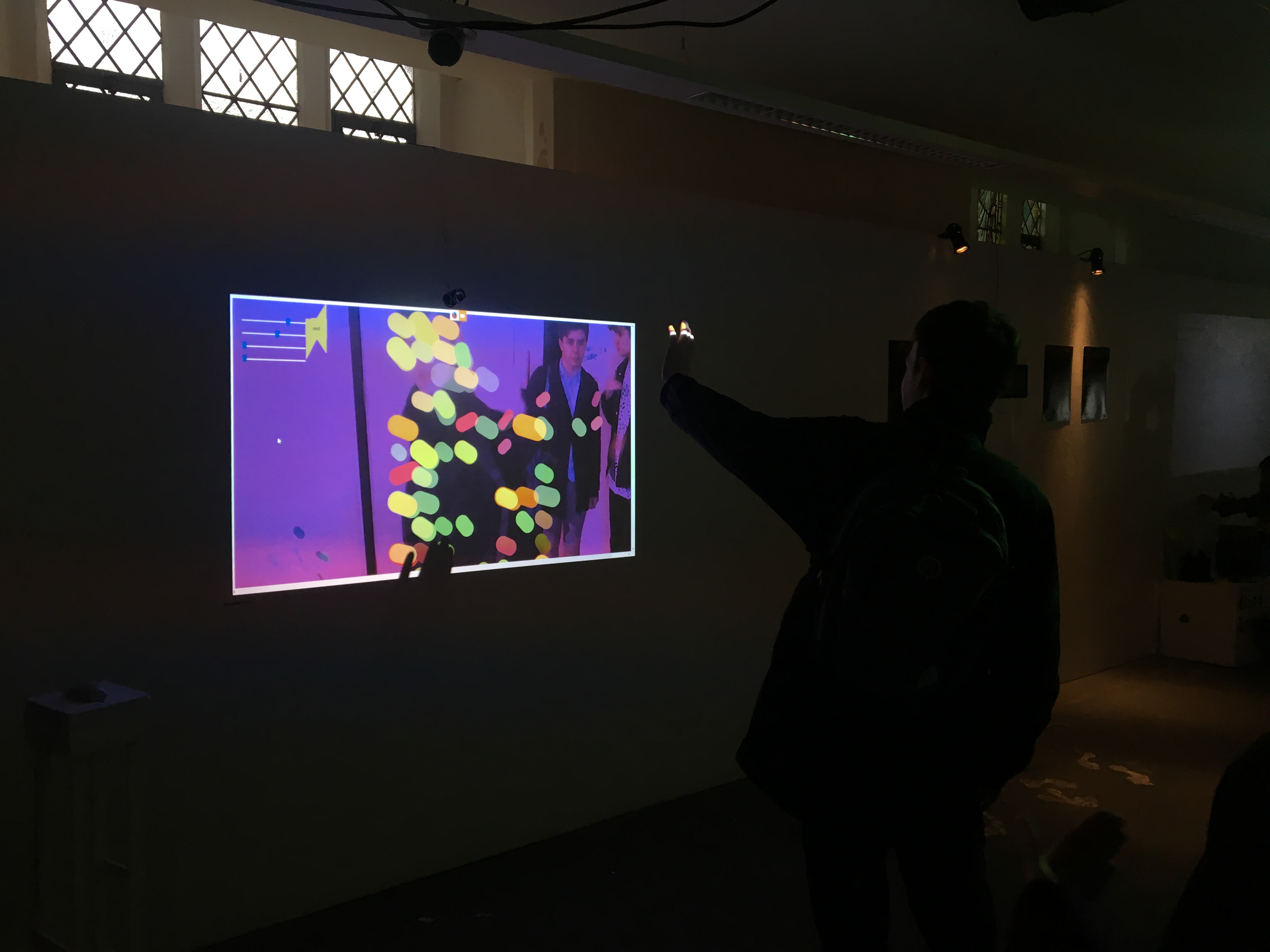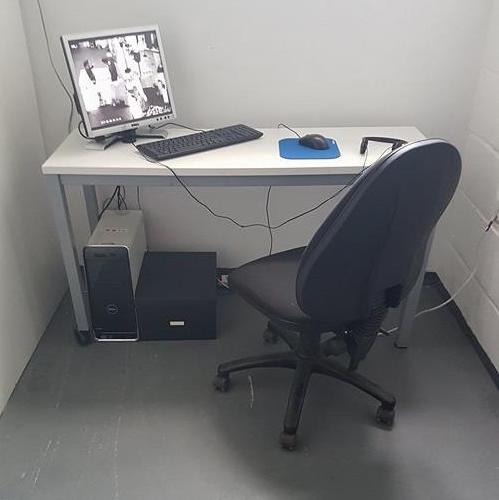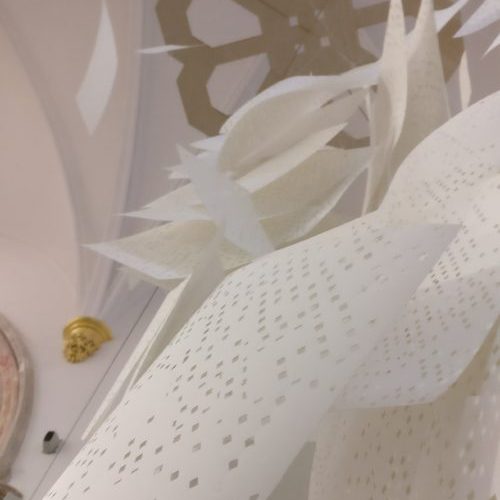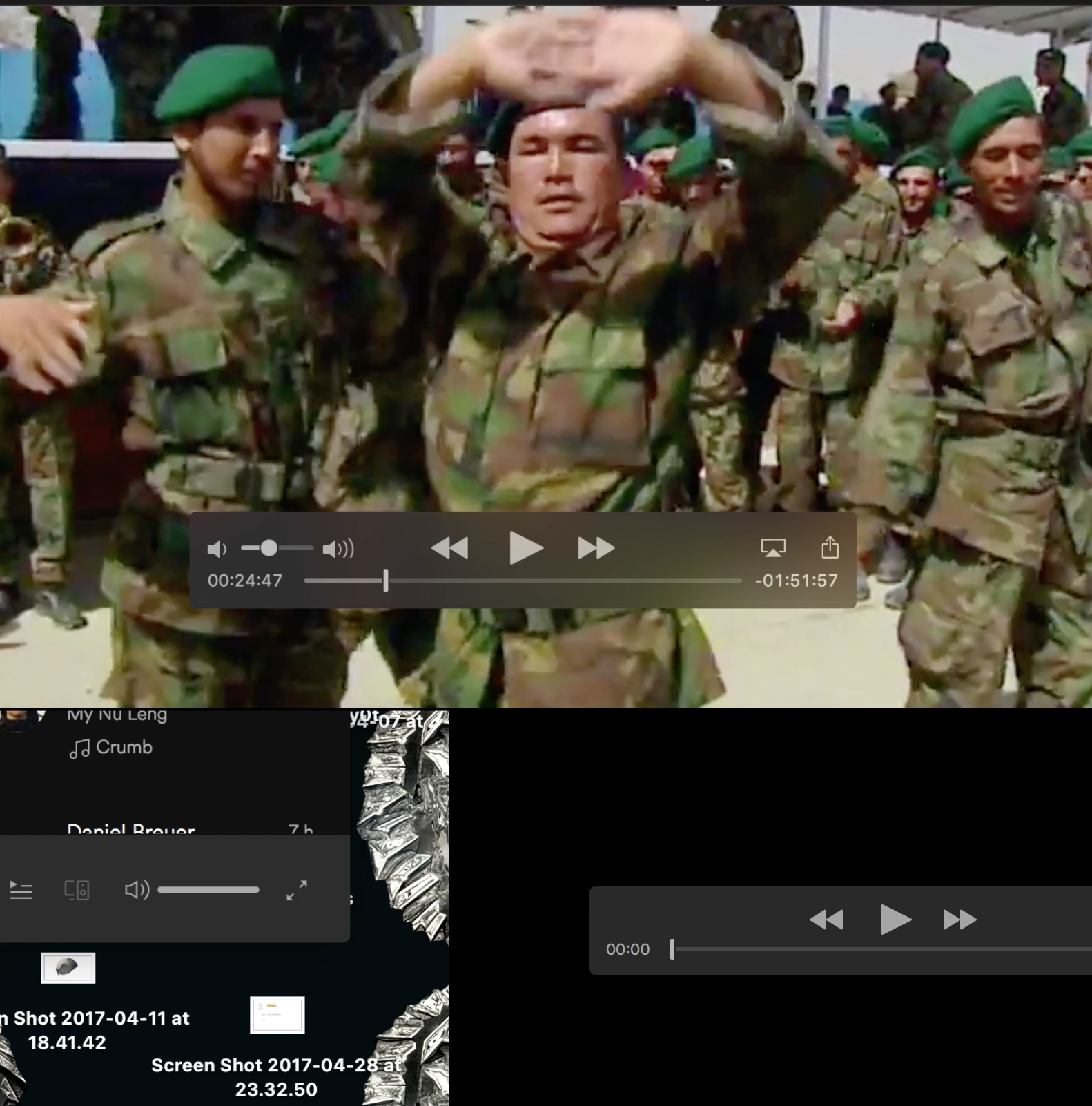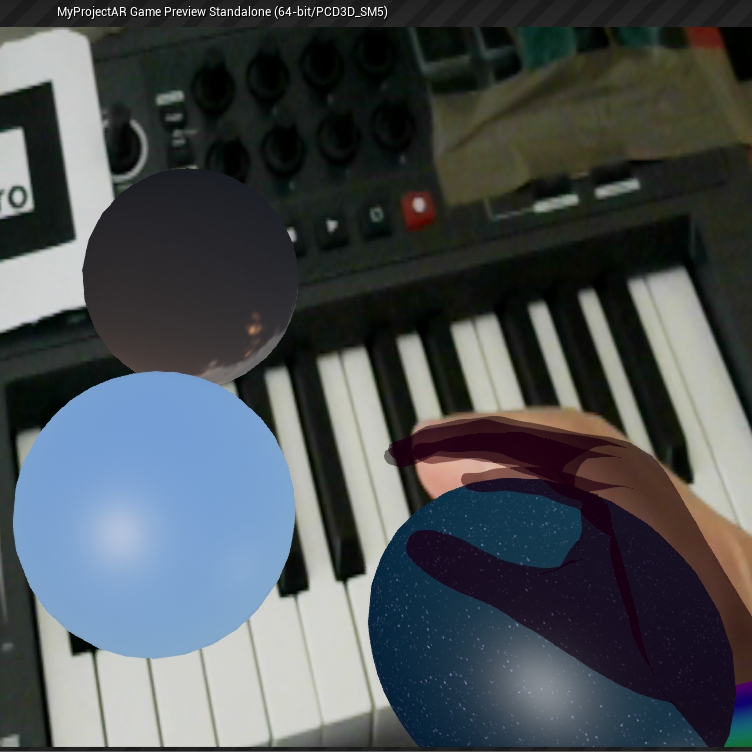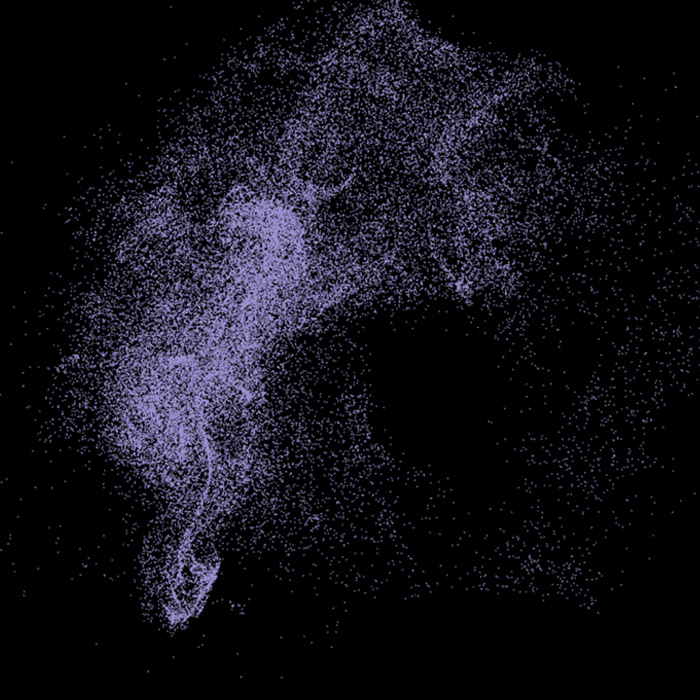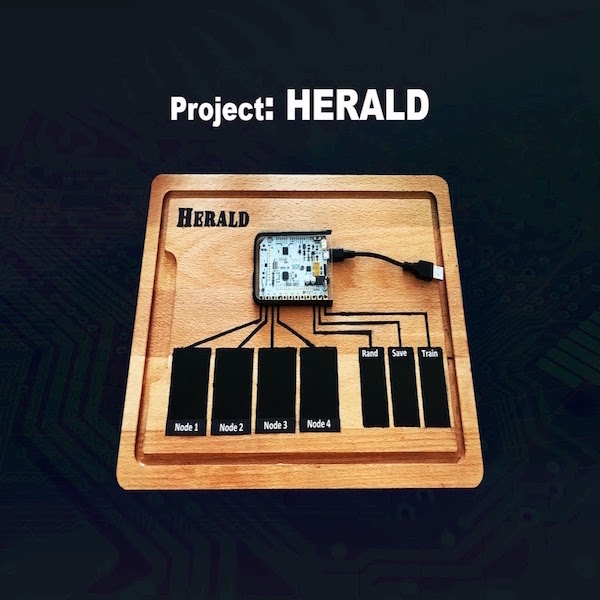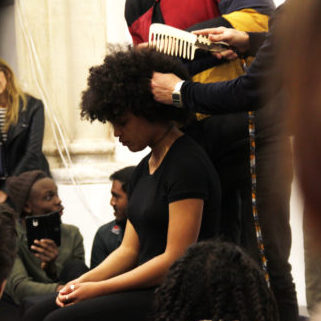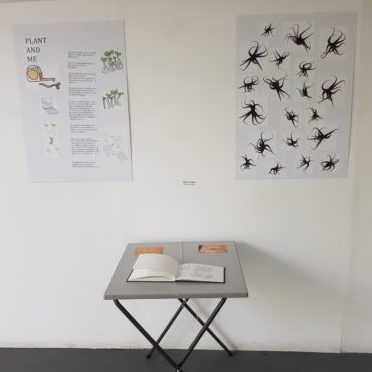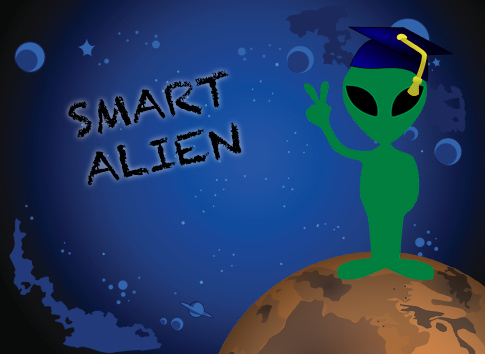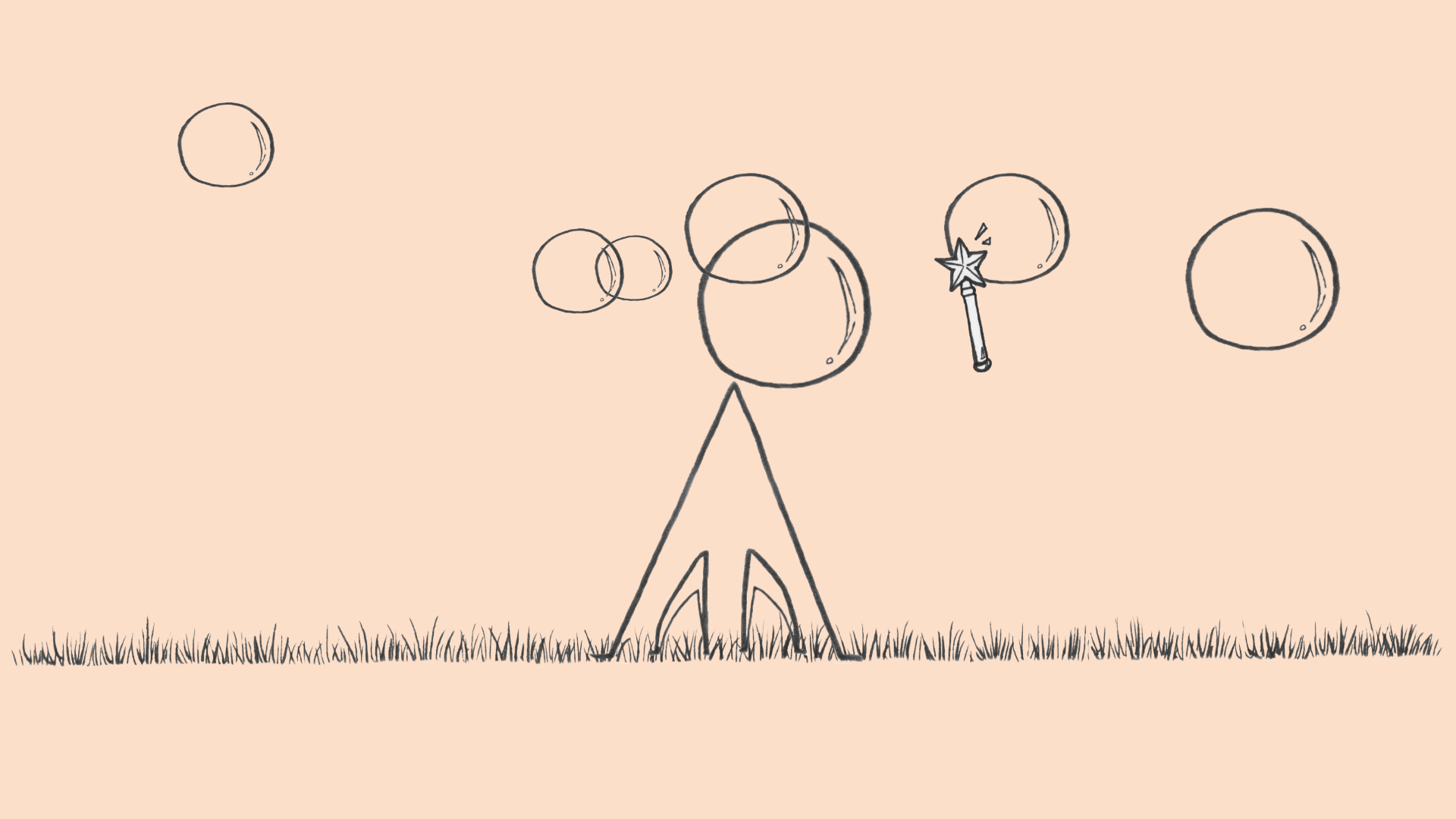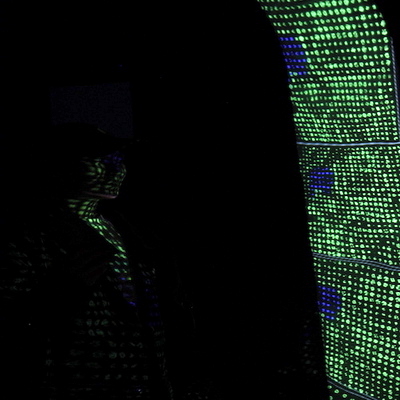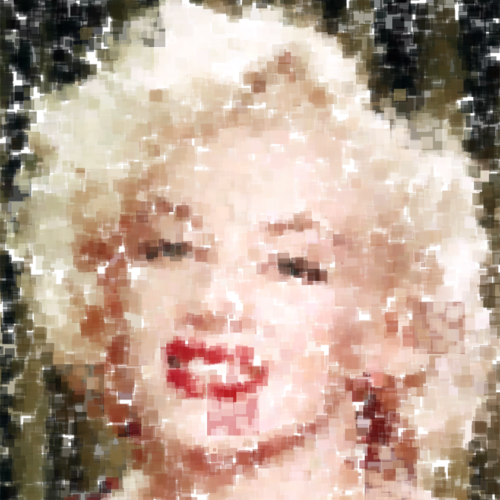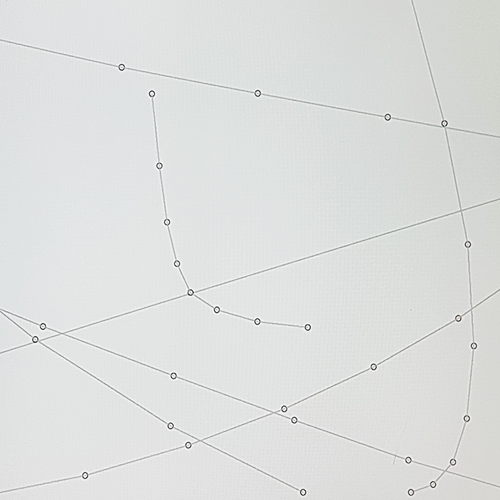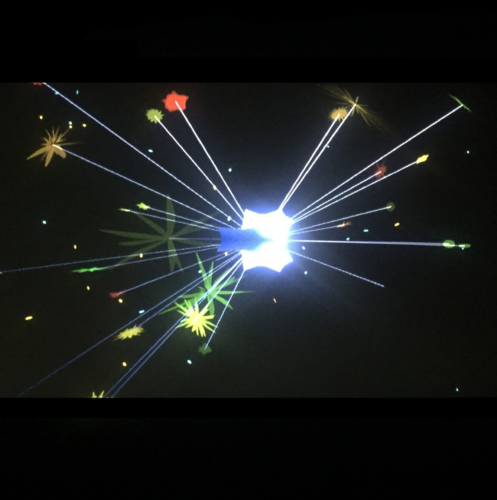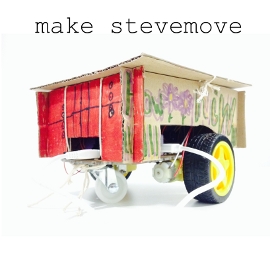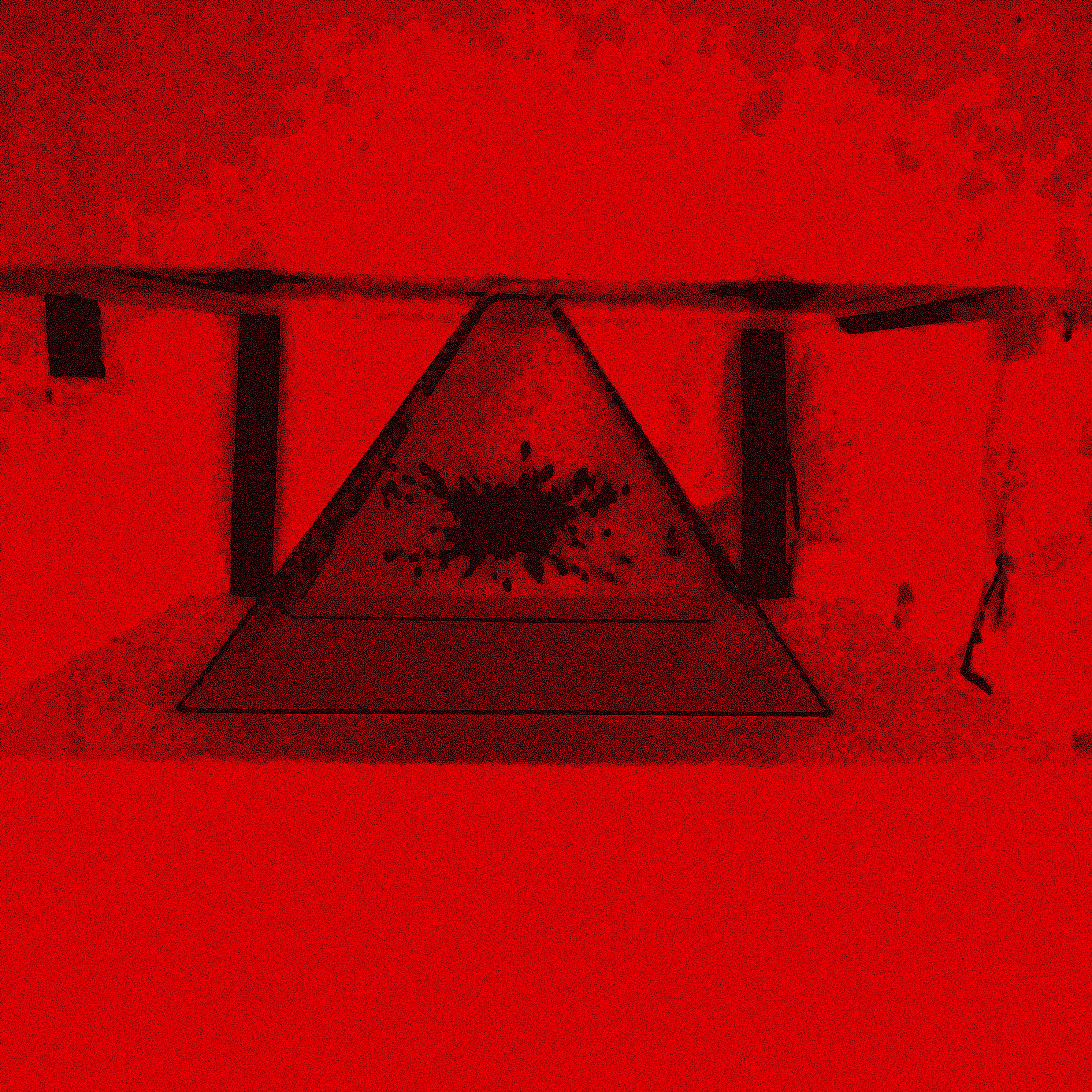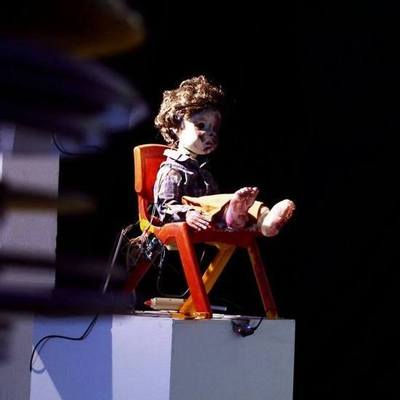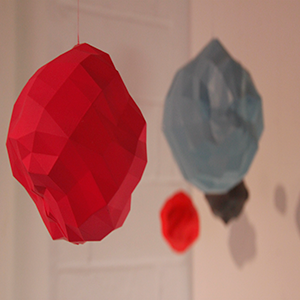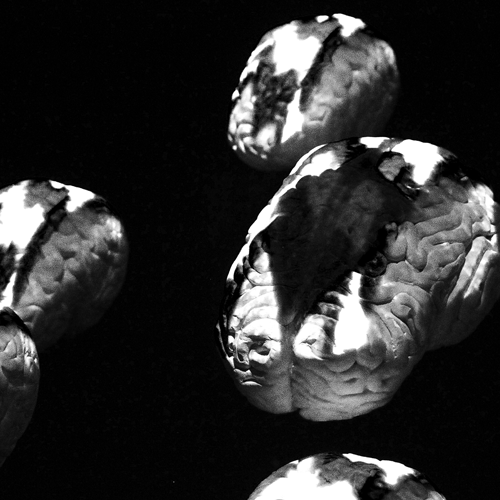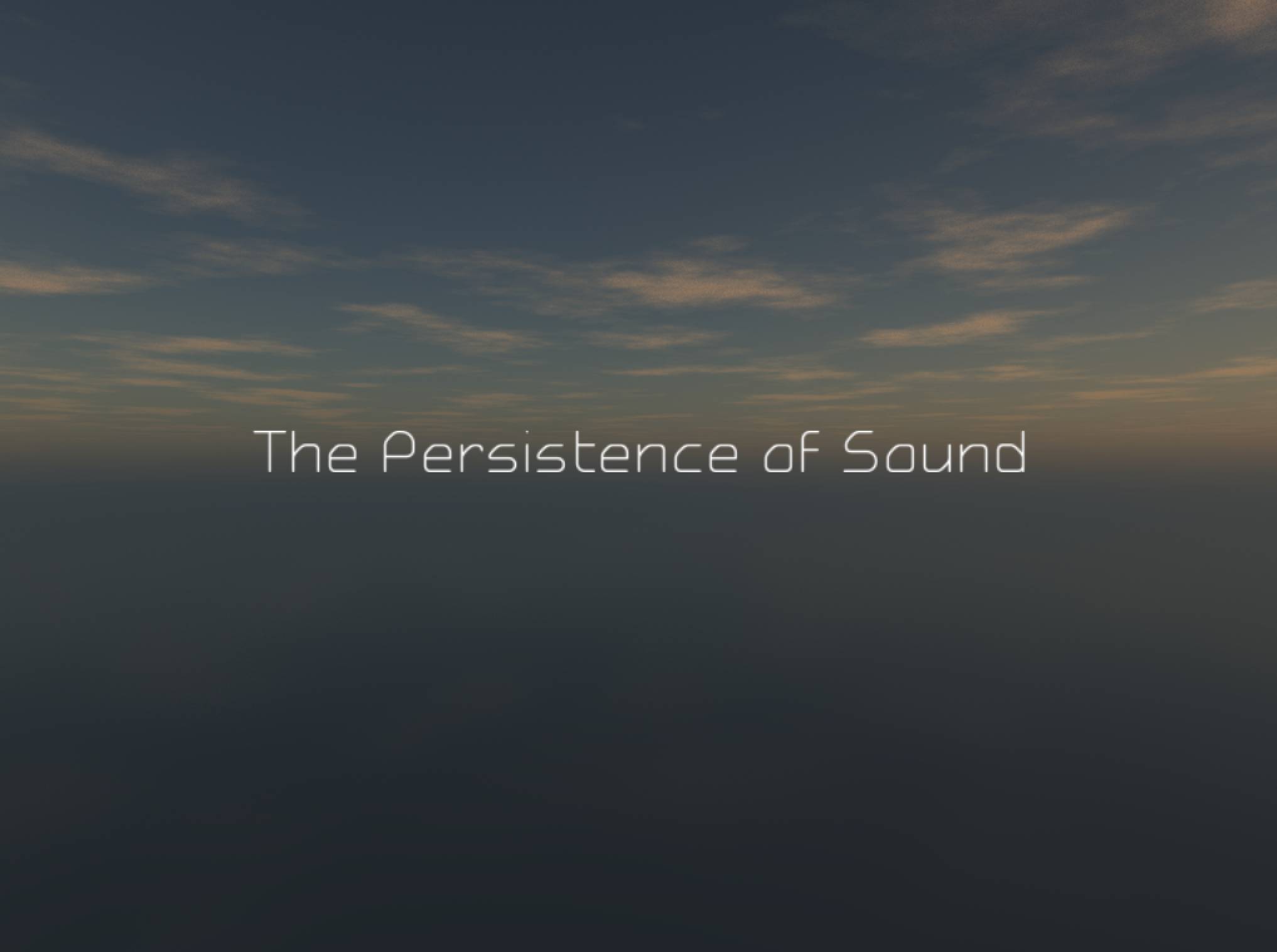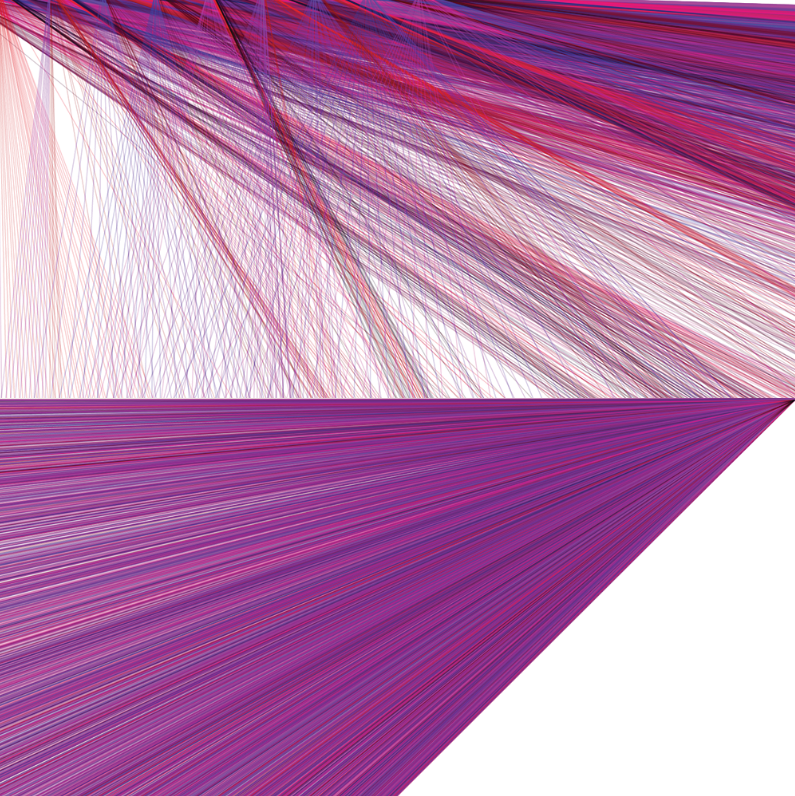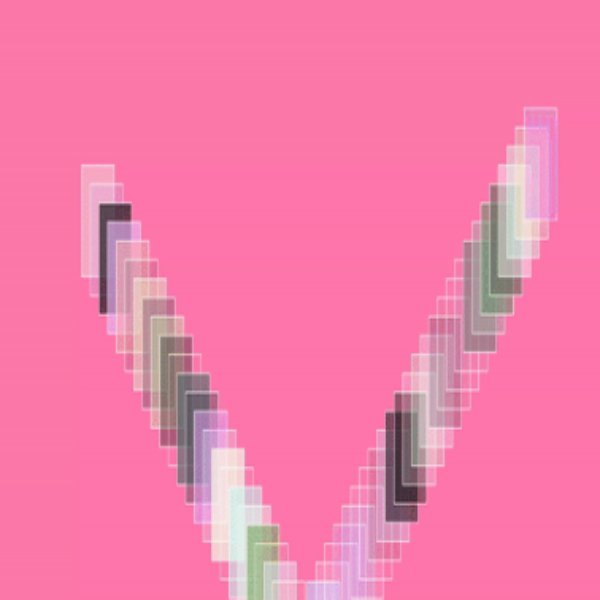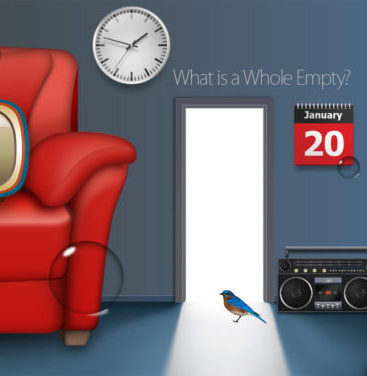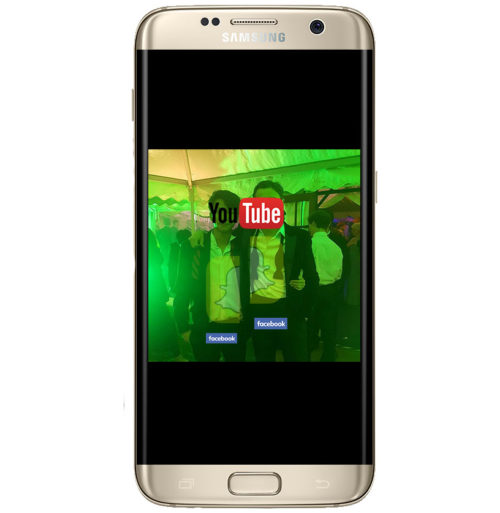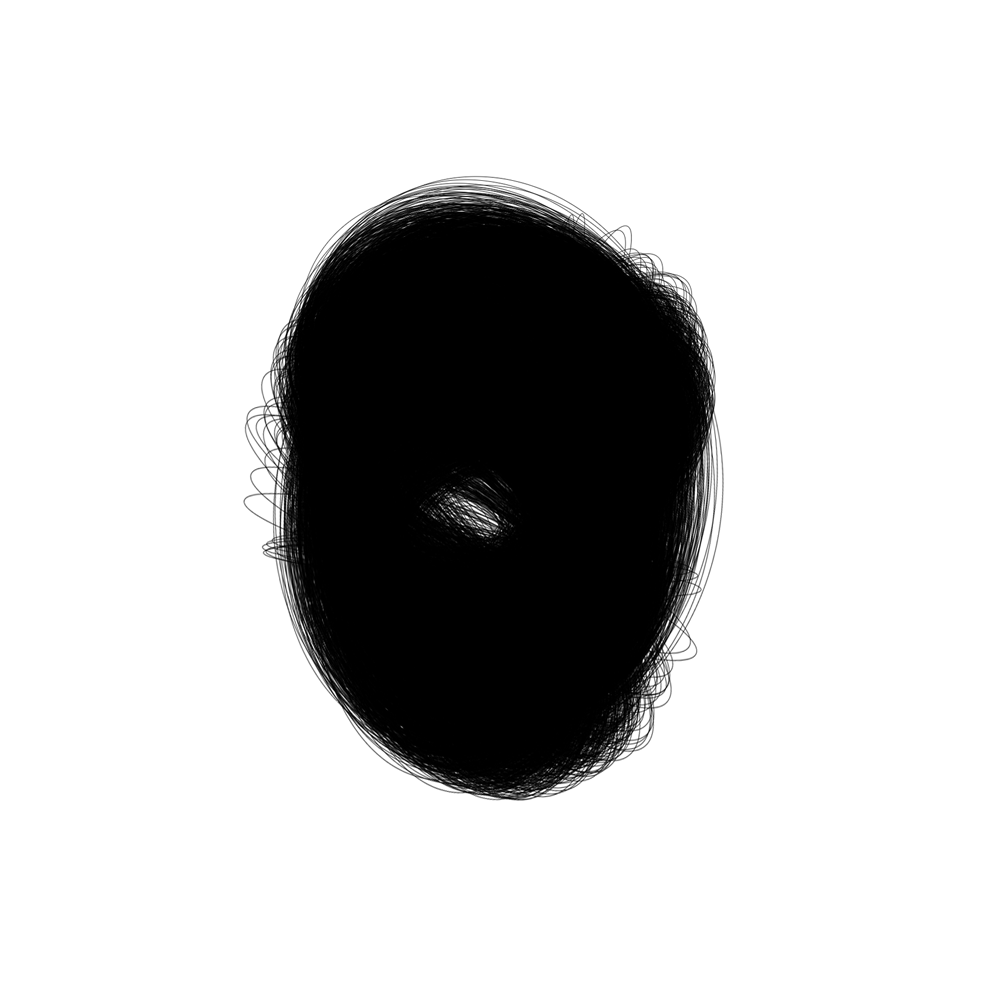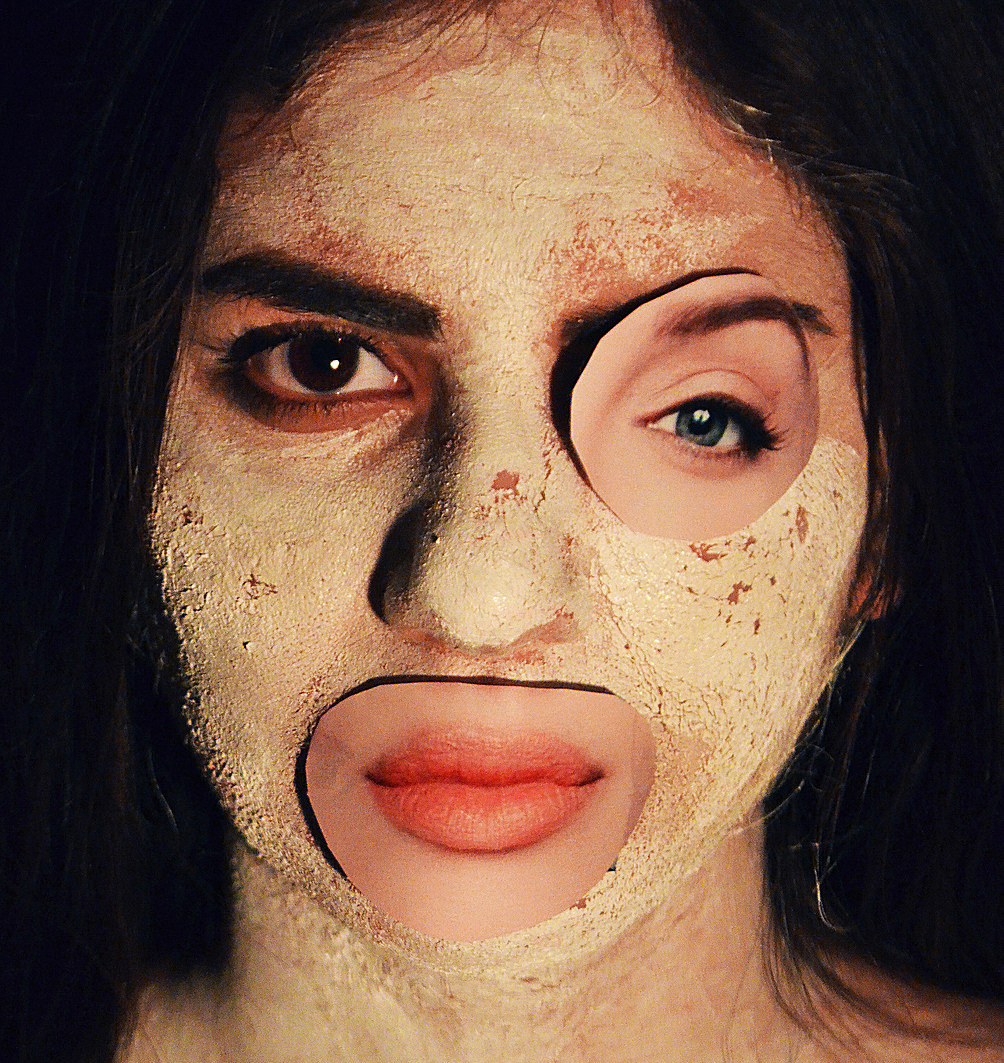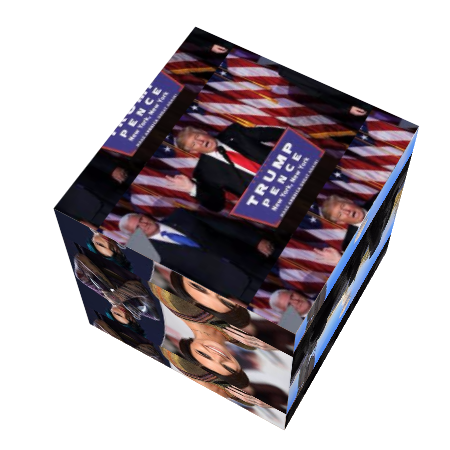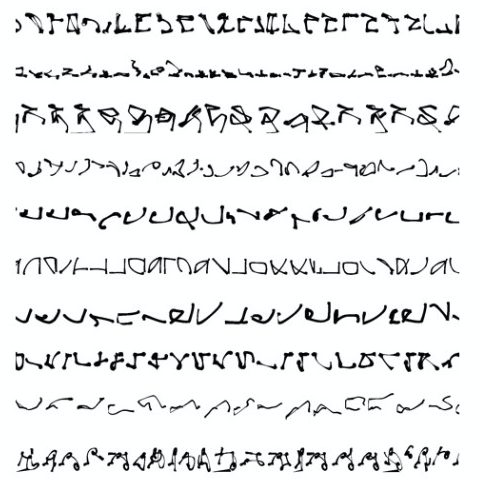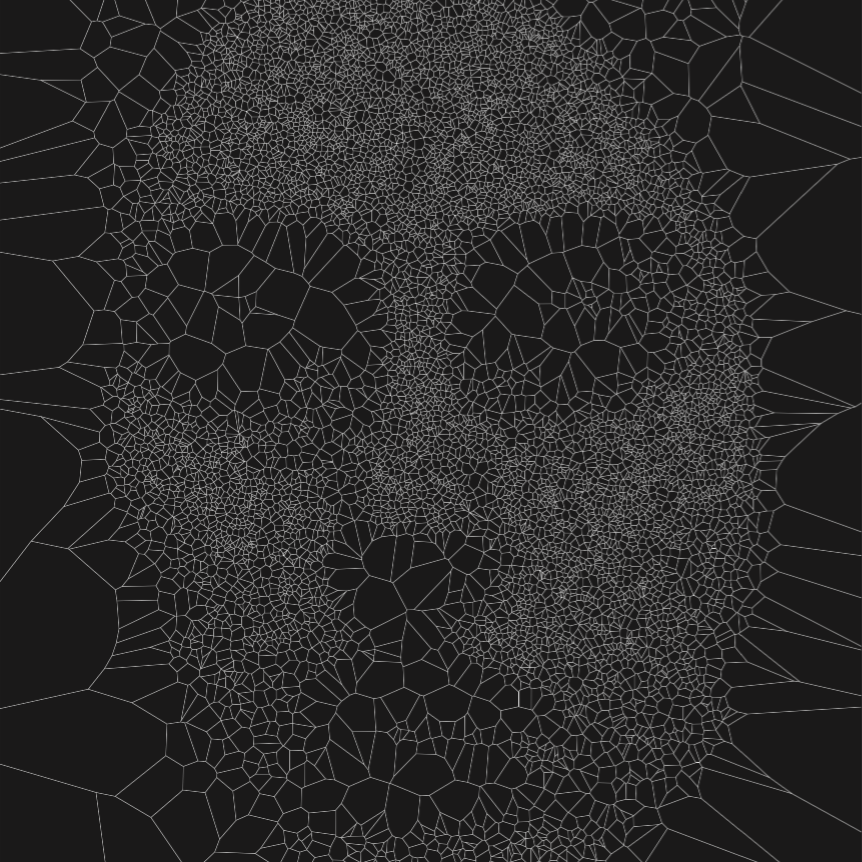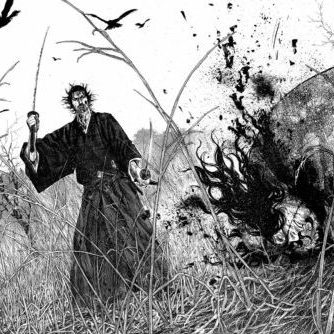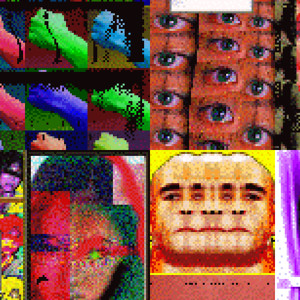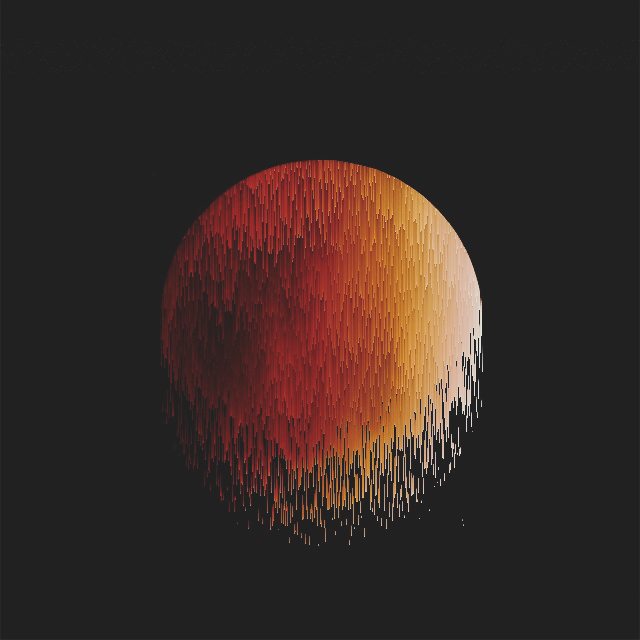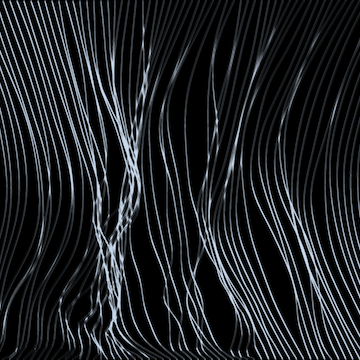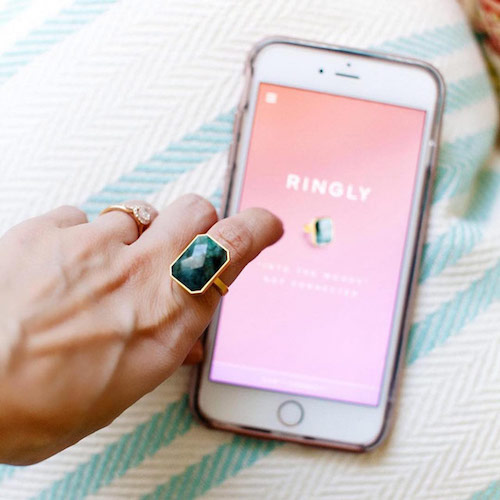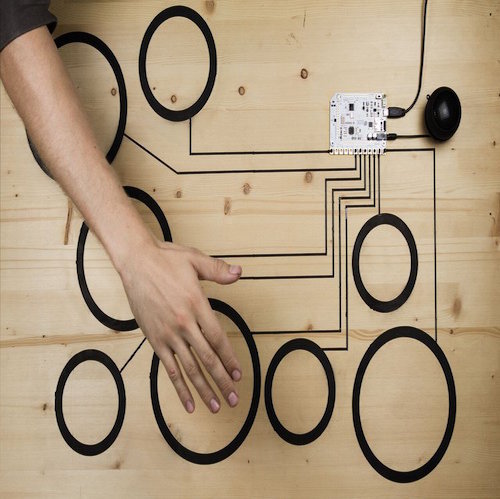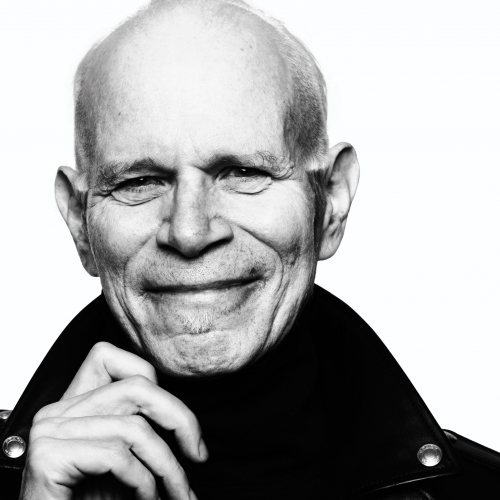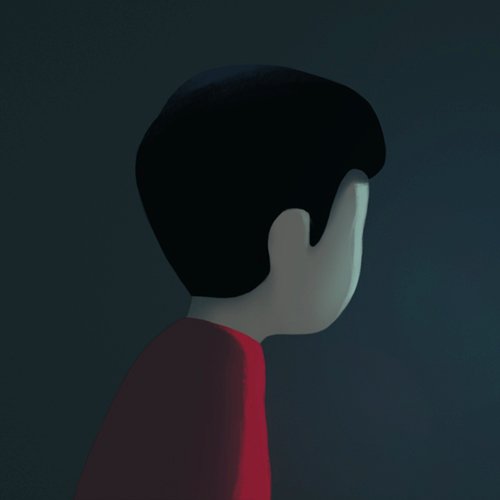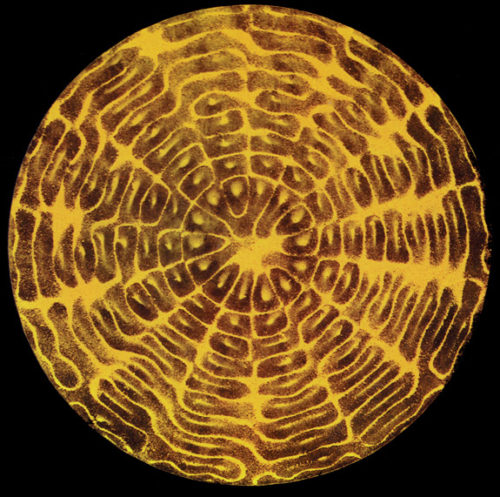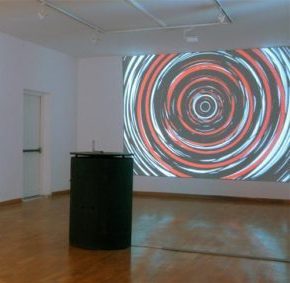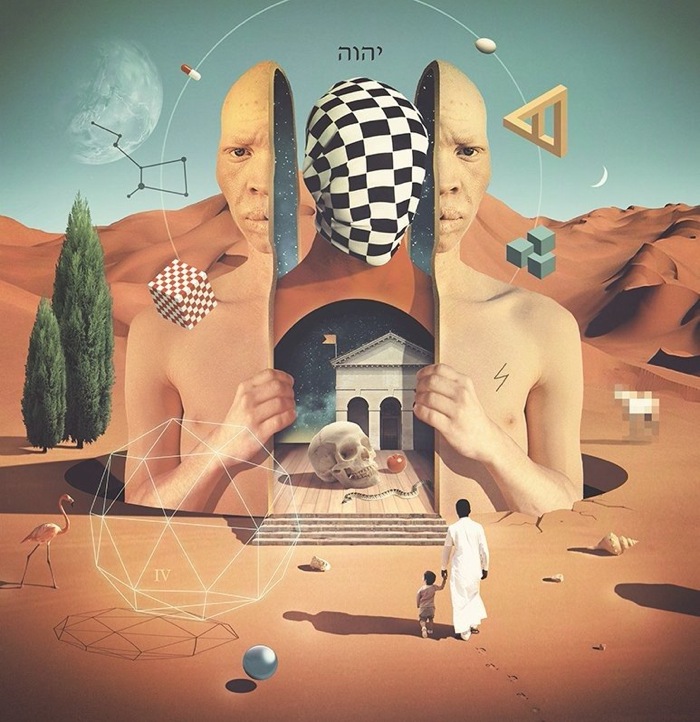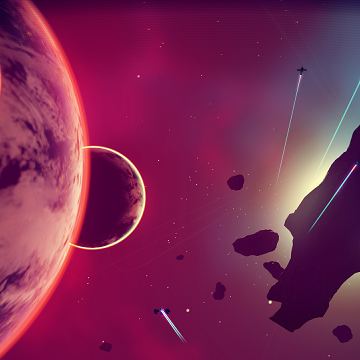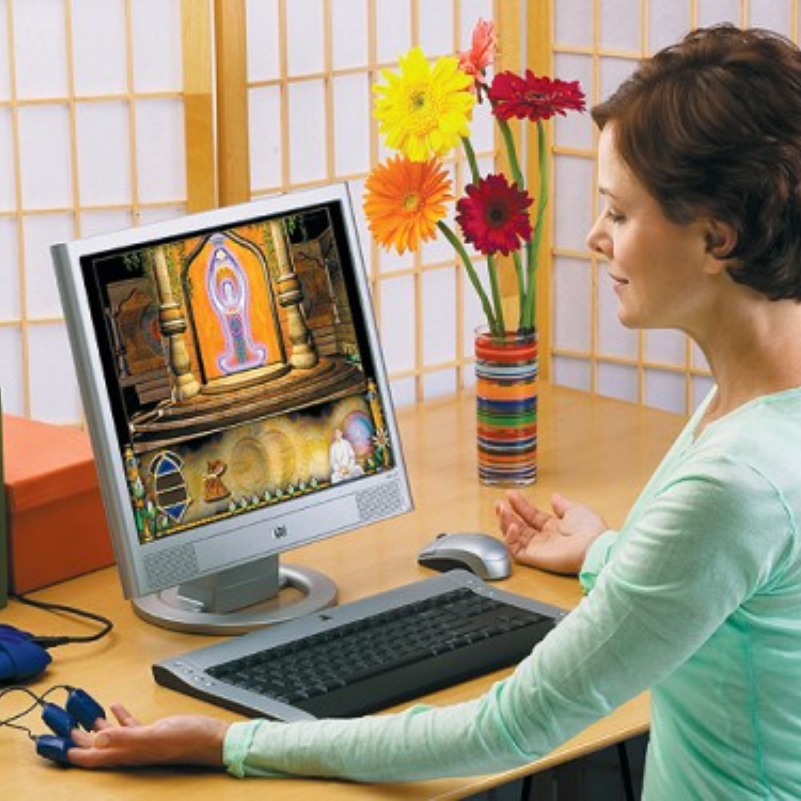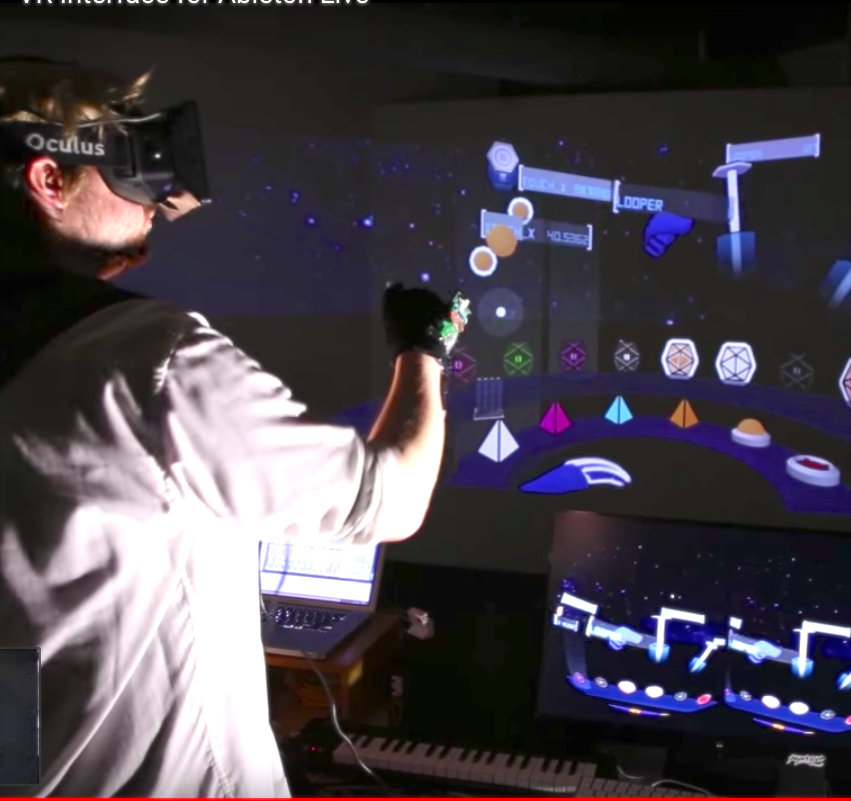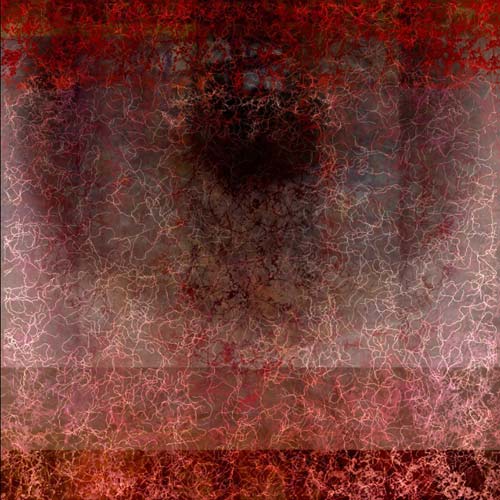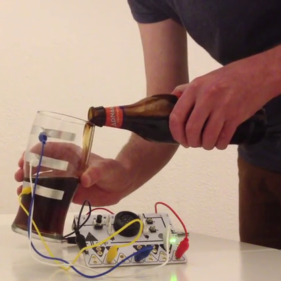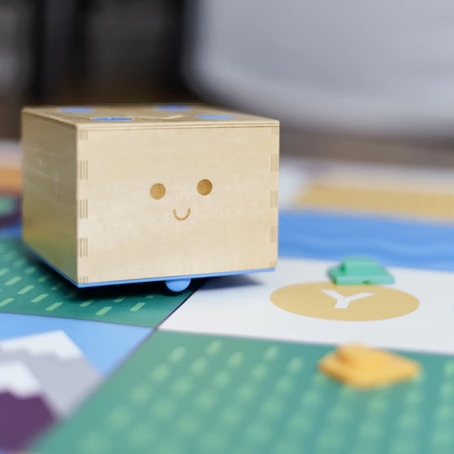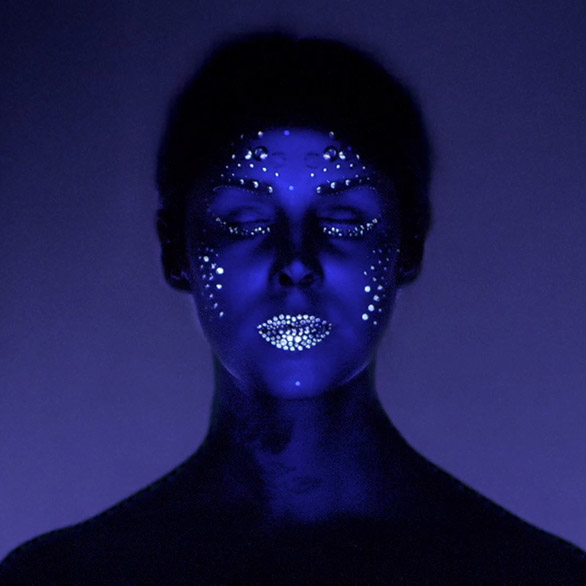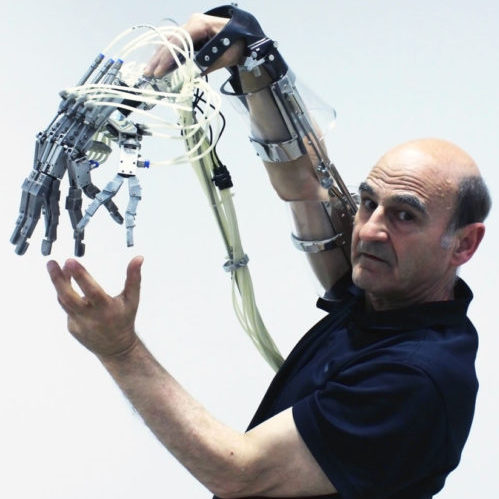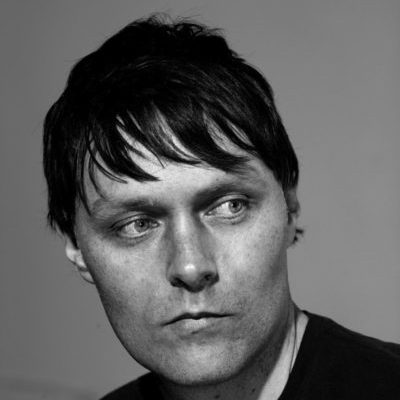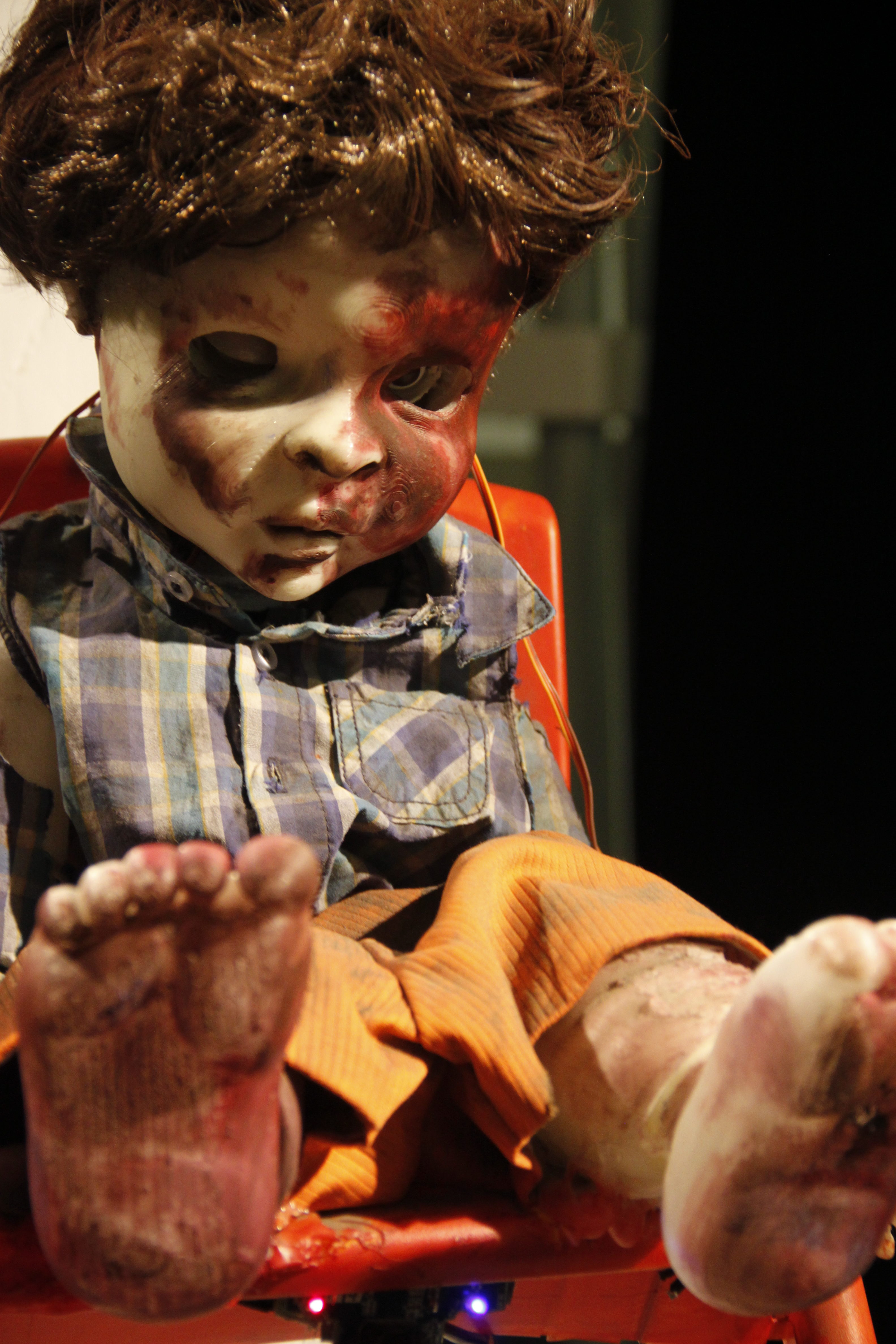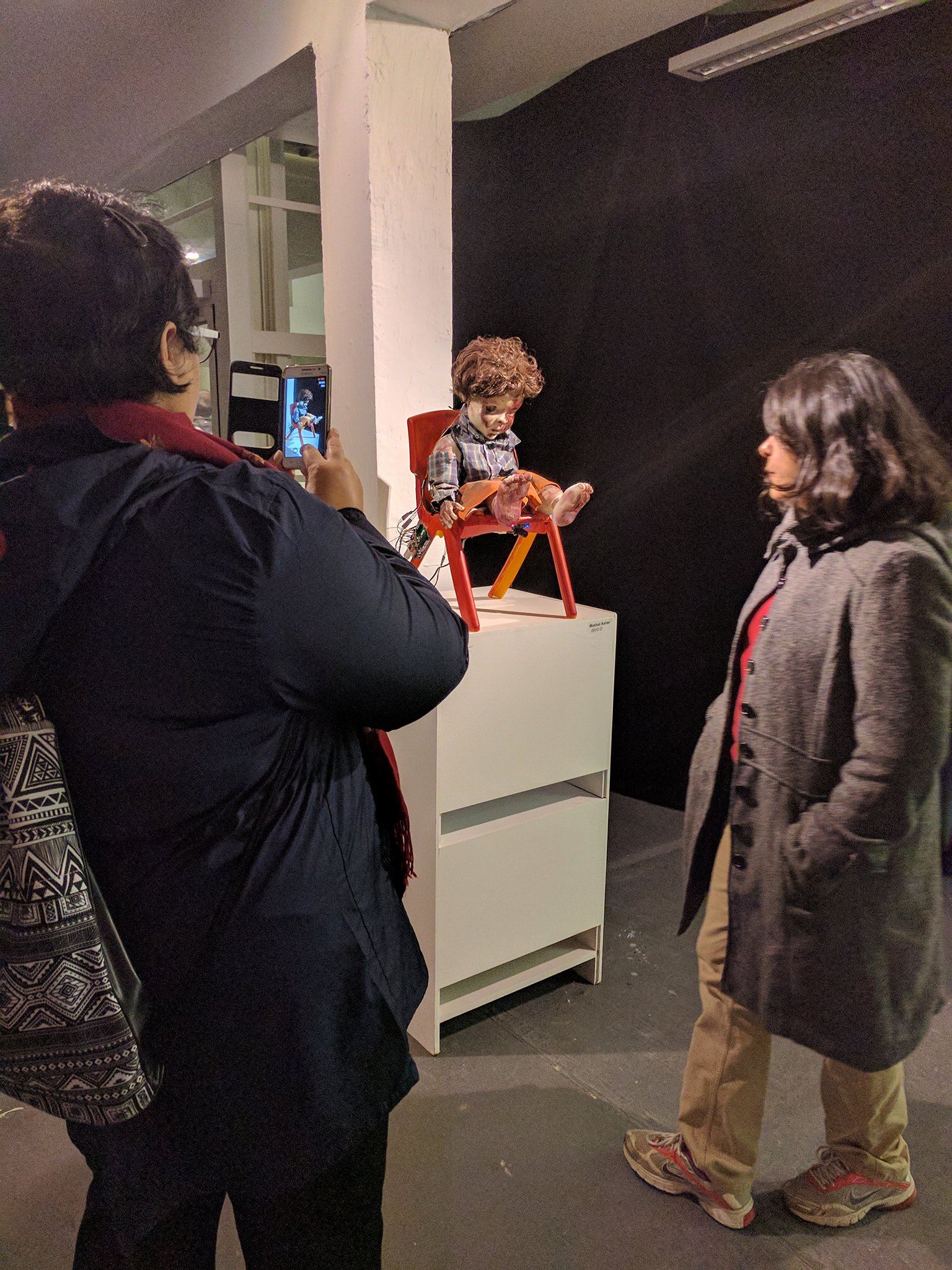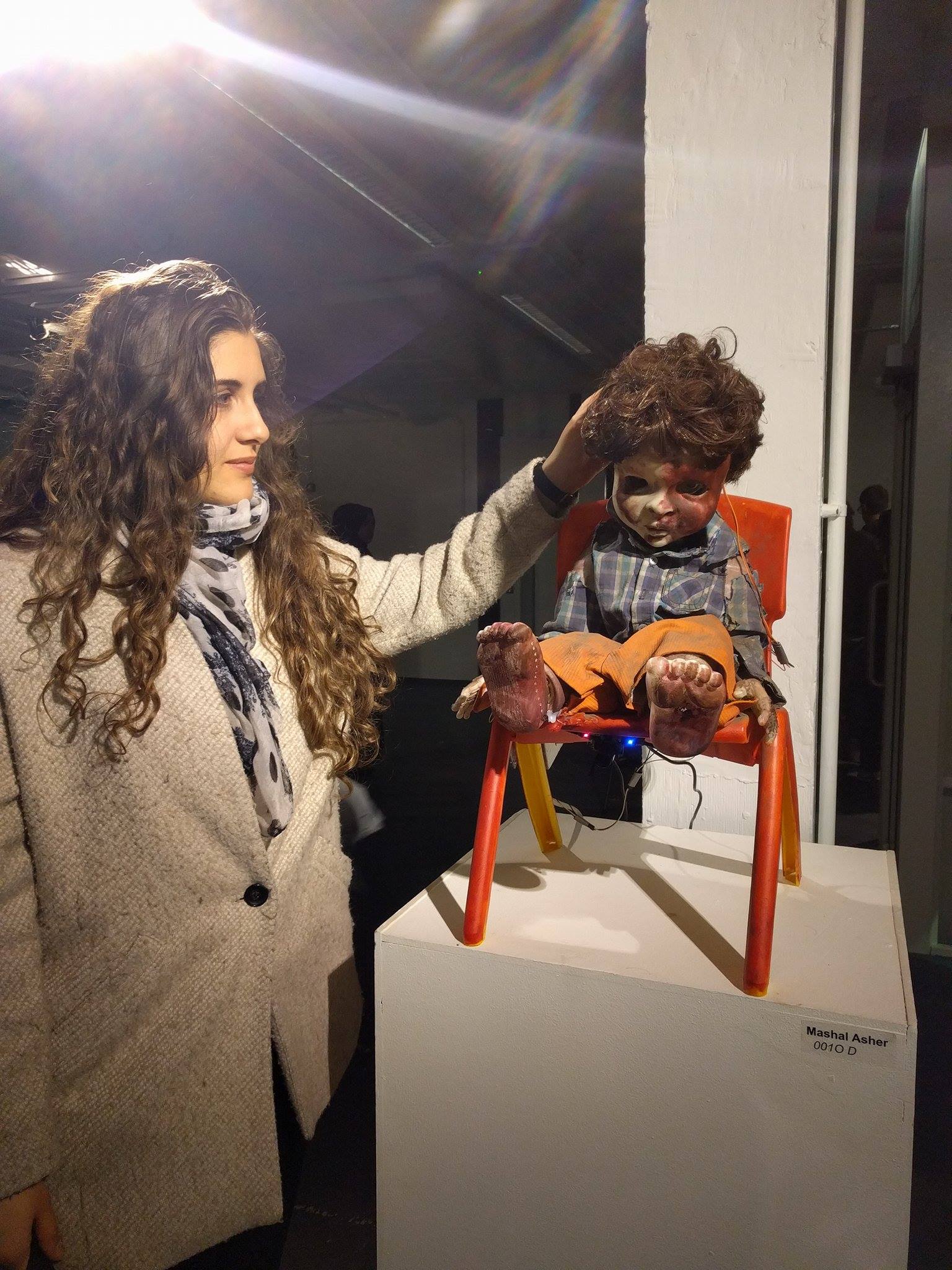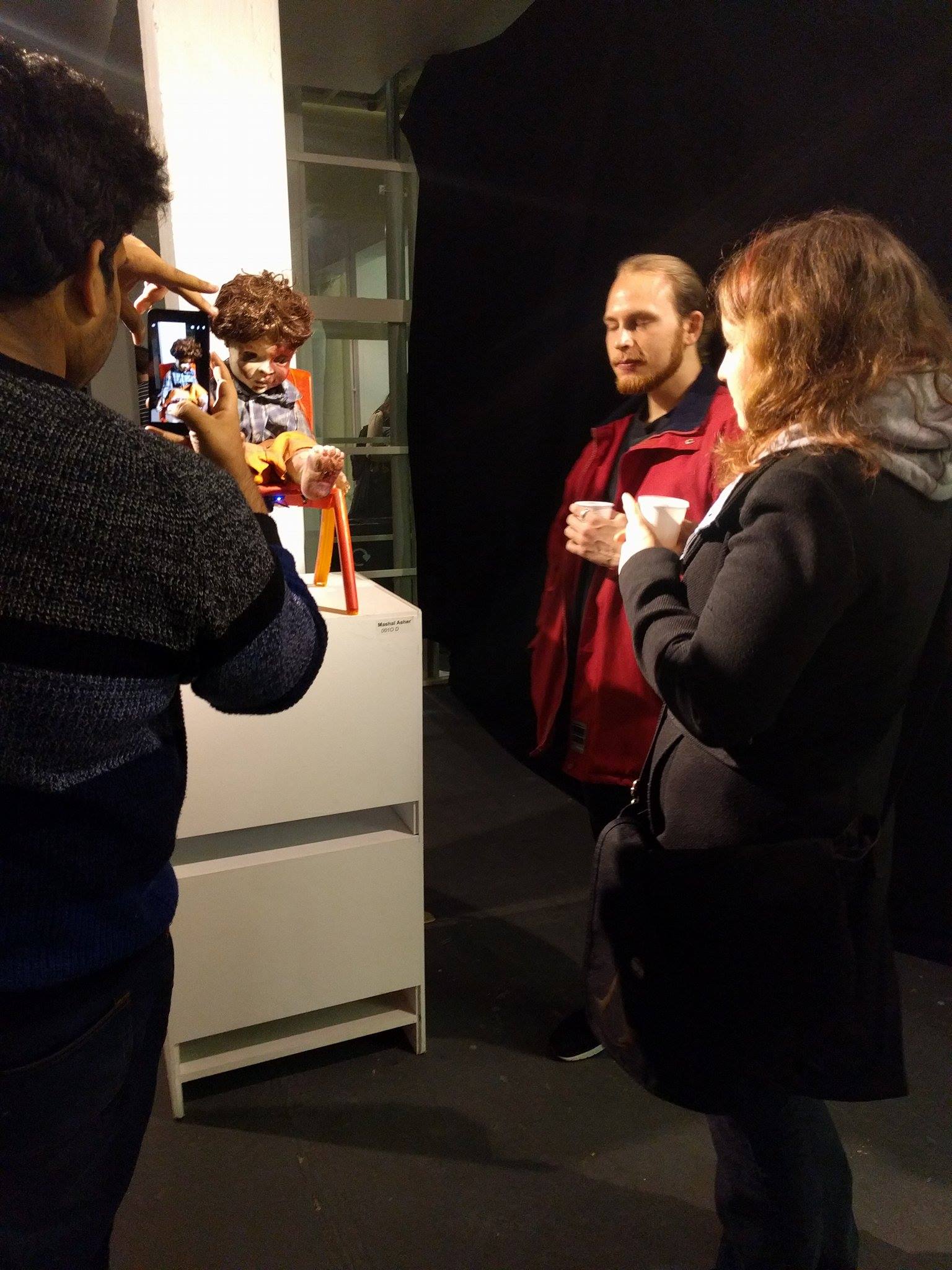#001.0.D
Mashal Asher
Link to repository: Automaton
"#001.0.D" was an interactive piece, displayed on a relatively large column in the exhibition Catalyst. It consisted of an automated boy, who was designed to move in a synchronized pattern, tracking the rate of death during the war in Syria along with the audience. Influenced from Jordon Wolfson’s animatronics, this art piece was based on the Syrian boy, “Omar Daqneesh” and his tragic appearance on the media during the war in Syria. Programmed with servos and Arduinos, the boy is a mixture in terms of media, plastic, scrap metal, wood combined to produce an automaton which also refers to the 18th century automatons. This piece allows the audience to immerse themselves in a robotic depiction of war.
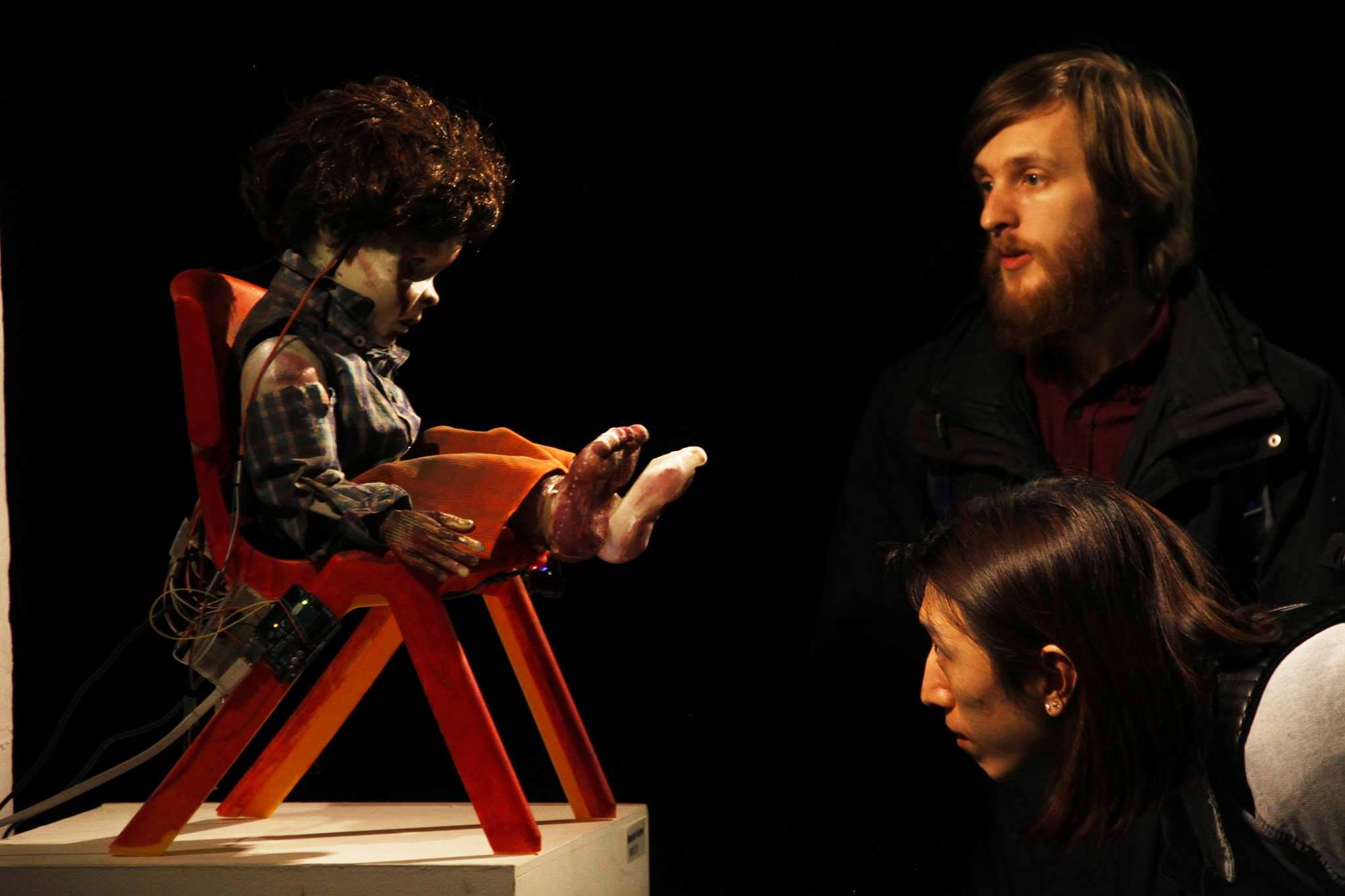

Audience
The intention to draw the audience was a main focal point of my piece. The mutilated and somewhat dejected boy was designed to attract viewers from afar, draw them to barely moving boy with a mixture of confusion and curiosity. As the piece was based on conflict, I wanted the audience to develop a relationship with the work by singling out what they thought was being expressed, confusion, horror, tragedy and the feelings of helplessness as they stared on at the steady rhythm of a scantly moving boy.
The animatronic, was perched up on a stool, which was quite gritty, beat-down and “disgusting” where the visual outlook was to represent the conditions of the Syrian children and what they end up looking like in the war. The work was designed to be graphically intense, I had the full intention of using the element of "shock" to challenge the viewer. The piece was there to represent a war survivor, to replicate the persona of a Syrian child, by having an automatic machine as an art piece to be looked, accessed and judged by random people and critics. The piece was there to achieve a short experience; immersive thought provoking and intangible.
Perhaps what was most surprising was the anticipated reactions and questions surrounding my piece, towards the identity off the child. Throughout the exhibition, I had mixed reactions where some would recognise the infamous Omar Daqneesh, and others were confused with the characteristics of the boy. Some had no inclination of who he was representing, and referred to him as "Chucky" throughout the night. Despite the disappointing yet hilarious reaction, it worked well for my piece as my whole work was designed to represent a forgotten survivor, which the audience did well in, if he couldn’t be recognised shouldn’t this represent how viral stories tend to die down and forgotten about, where the next big thing seems to surprise us.
Initially, the piece was meant to be interactive, where the audience would engage with piece with movement and gesture. That is the boy was meant to follow the audience left or right, occasionally blinking, gesturing with his arms, often at random. But as the work progressed, I encountered various problems, where the aspect of getting the motorized child to follow the audience across the room failed because of engineering difficulties. Despite this, I changed my piece to accommodate this mishap, allowing the public to touch the piece. This worked out to be quite interesting, the public liked the fact that they could interact with the boy in such a way, and expressed the horror of touching my piece and trying to “fix the boy”.
Background Research
Coming from a country on the brink of war, I was interested in researching a country which has already been destroyed from it. My interest was with the media, covering the story and causing it to go “viral”, where people from around the globe talked about war, when they were privileged enough to perhaps never partake in it. This piece was based on the war in Syria, and the tragic appearance of several Syrian children the viral boy Omar Daqneesh.
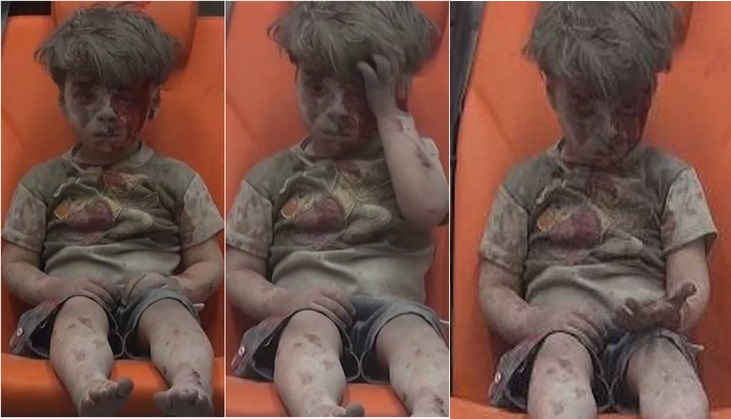

Pictured above Omar Daqneesh, (2016)
I became particularly interested in this boy, as he became a viral sensation, where his appearance online cause outrage and horror. War, is an interesting topic, especially in the media where often discussions are led by people who seem oblivious to the circumstances that soon follow as a result. There is always an element of surprise, when we confront realities of tragedy, which is quite interesting because war is something we perhaps are all familiar with, we’ve seen documentaries, we know what it’s like, yet stories like Omar’s still surprise us. I was interested in how people react to the idea of this boy, as a person rather than a headline they read online or in the newspaper. Looking through various media articles and news arguments made me question how we perceive reality vs online.
Regarding my creative research project, which was based on Jordon Wolfson, I really liked his use of animatronics, the “Female Figure, (2014)”. The interaction between the viewer and the art work is common with him, something I was interested in as well. His usage of robotics to pursue the interaction was interesting to me, and I decided to work with animatronics to produce an art piece. Researching, how he came about making them, he used several production houses to produce the life- like robots. I was fascinated, and wanted to create a DIY version, with a limited budget and time frame.
Before I started planning for my animatronic, I had a vision that my project would depict a small boy. I came across the film Hugo (2013), which contained a small metal automaton, whose functionality was to draw and write in a manner. This was interesting to me and I found that the term “Automatons” was a term coined towards several “robotic” metal structures produced throughout the 18th century. The workman-ship is very interesting, as each part (more than 6000 parts) of the automaton is designed to correspond to one another, like a clock. For this piece, I was interested in using the automatons as a guide, for creating my own piece, but with technology and code.
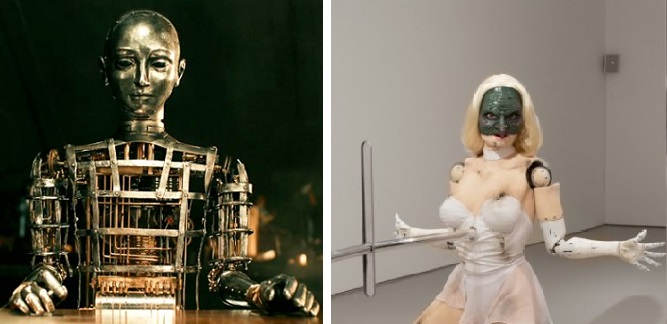

Pictured Automaton, in the film Hugo (2011) (left), Female Figure (2014), Jordon Wolfson (right)
Methods and Tools
3-D prints
Open Frameworks
Arduinos
Processing
Servos
A chair
Process
"#001.0.D" 's creative process has been a very long rollercoaster, where my piece has changed dramatically over the course of seven months. What initially started out as a fully functioning animatronic, with a projected film mushed in-between had progressed dramatically into a scarcely moving boy with a heartbeat that counted the death rate in the Syrian war.
Link to short video of "#001.0.D" (here)
Before starting this project, I envisioned the piece to look identical to the boy I was depicting. At the very start, I experimented using a porcelain doll where I used parts of the doll to test out and how I was going to do about modelling and designing the piece. The porcelain doll I used became crucial for my 3-D prints, as I modelled my prints according to the doll, the propitiations and shape of the doll allowed me to 3-D design more easily. The plan from the beginning was to use 3-D prints, where I experimented with different types of filaments, e.g. metal and glow in the dark filaments etc. The purpose of this was to experiment with different textures, and see the overall outlook of the animatronic. Though in the end, the glow in the dark effect didn’t really do much, as I needed light for the whole piece, it was fun playing around with different filaments.
Photos of printed head, to installing eyes (below)
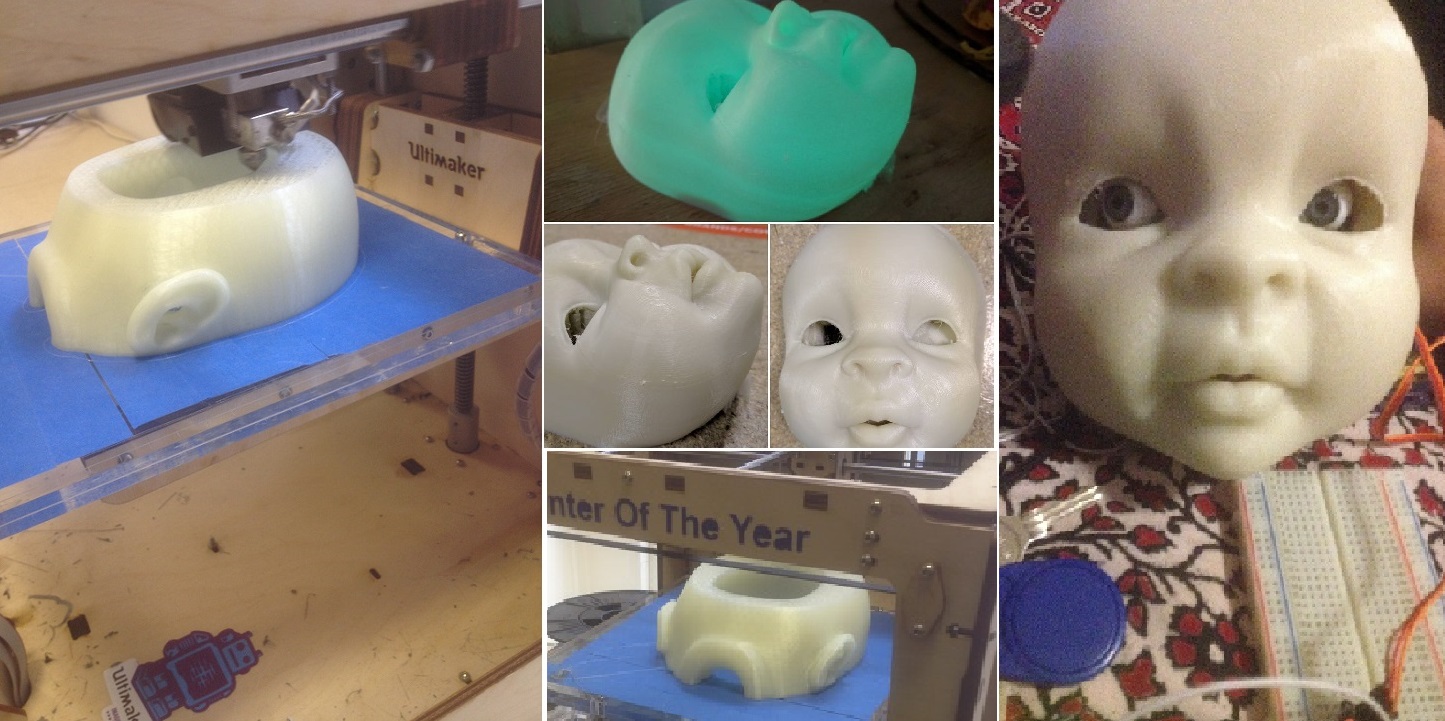

For the movement of the piece, I used several servos and Arduinos for the boy. I had 3-D printed out eyelids, which were attached to two servos, this was for the blinking mechanism for the boy. Originally, I started out by experimenting with moving the eyes within the boy itself, I had prototyped eyes which moved with motion with a camera. But as the piece progressed I shifted the motion to the neck, where I decided to move the entire head instead of the eyes.
Video of test with eyes 1 (here), Video of neck test (here)
As my ambitions were to make the entire animatronic move, I tried to make the arms of the boy move as well, where each finger would react with servos. As I was working on each component separately, I couldn’t use the arms in the end because the servos and the hand were too heavy for the boy. I printed out two non-moving arms instead.
Photo of the many designs I did (left), photo of work in progress of my piece (right)


As far as the code goes, I worked mainly with the Arduino IDE because I was using Arduinos to send data to my servos. I also used open Frameworks which used optical flow to detect motion, and send data to the Arduino IDE, for the two servos in the neck. I used Processing as well, which was used to send data to the heartbeat for the boy, and have it directly send data to the servo via the Arduino.
Problems
With an ambitious project like this, there was bound to be steep falls, or things that don’t end up working. Especially for a newbie in animatronics, the piece had a 99.9% chance that it could fall apart many times in the gallery. And it did, technical difficulties arose, which caused my piece to turn out differently.
The biggest problem that I couldn’t fix in time was the issue with the neck, where my animatronics’ head was too heavy causing the servos in the neck to not work properly. As I was using 9g servos, they were far too weak to hold the head, and it ended up hanging down and not tracking people. As I had relied solely on the neck to track people, the servos though moved, they weren’t strong enough to move the entire head. This was a huge issue for me as the very initial idea was that the head tracks you. It ended up only slightly guttering to movement something that I wasn’t entirely happy about.
Photo of neck collapsed (below)
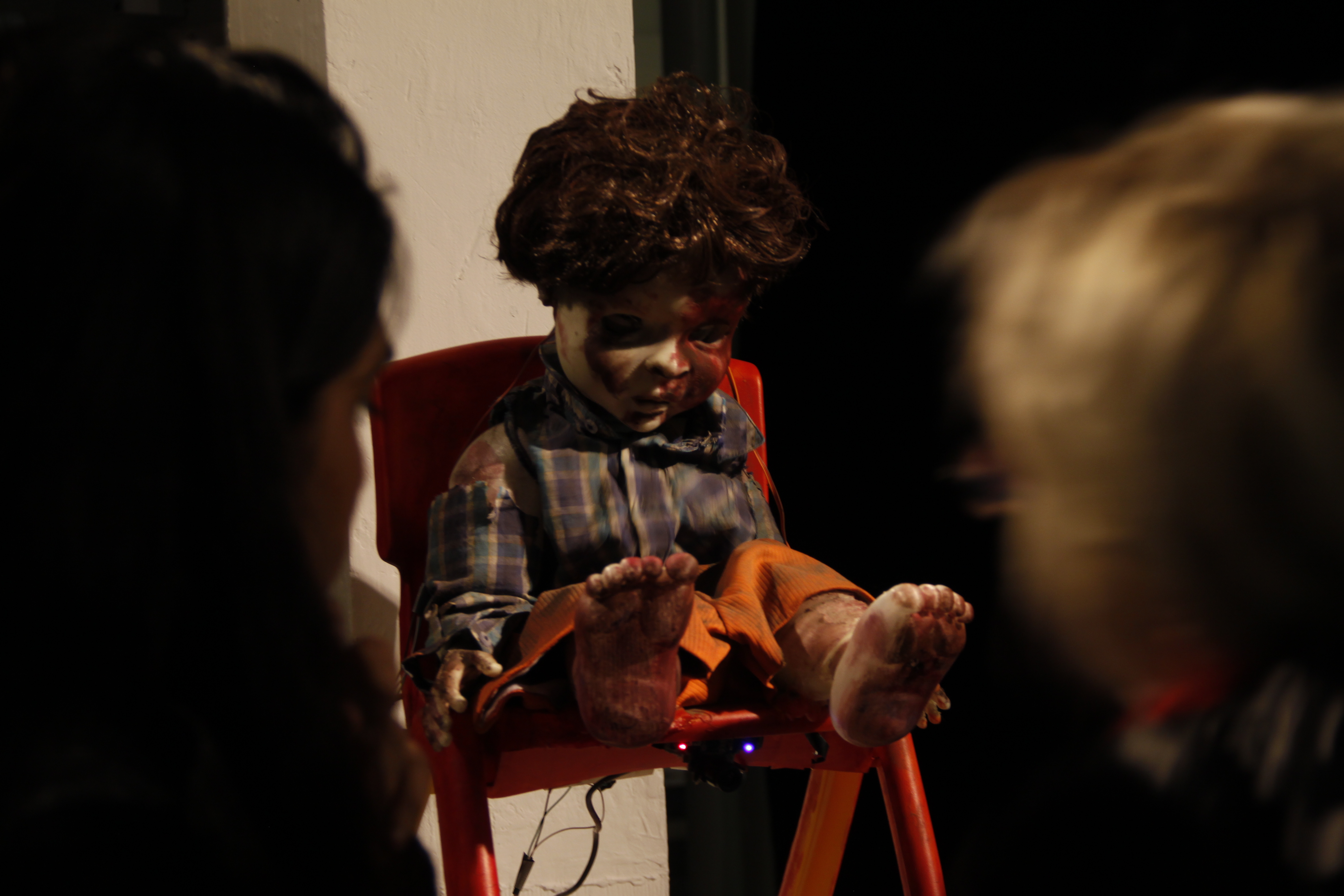

During the process of making my animatronic, I encountered a lot of problems too, mostly with engineering the piece together. I had issues around putting the individual pieces together, where I had to substitute parts with non-moving parts because the structure wasn’t holding properly. I had designed my arms with metal chains, they were designed to move along with the entire piece. But as the arms were too heavy, as they incorporated metal it ended up falling apart, where I had to improvise and use immobile arms instead. This was frustrating as I spent ages testing and fixing the arms, but in the end, I used something that didn’t move.


Photo of arms that I didnt use (above)
Another problem that I experienced as I displayed my piece was with the name of my piece. Naming it "#001.0.D” confused most people, as I had to clarify within a gallery setting what the initials and the name meant. The name perhaps threw people off as some couldn’t recognise the boy, and had trouble trying to find the meaning within the name. to me that is both good and bad, because it worked well for a forgotten war survivor, but also worked poorly as people had trouble connecting to my piece.
Outcomes
Despite my major set-backs I was quite happy with the way the piece turned out, and the feedback I got in the gallery space. People had the element of shock, something that I was hoping for, and I think people gave generally a positive reception to the piece. The audience particularly liked the heartbeat for the boy, and said it was the pivotal point of the piece. It didnt end up being what I wanted, which was fine because the whole process was more interesting than the actual outcome. The reaction from the crowd was a great experience for me, as strangers observing my peice was quite insightful. Moments of suprise, peoples thoughts and experiences allowed me to have a better understanding of how physical peices work in a gallery setting.
This project was more of an experimentation, as I had never done physical computing/ engineering before so this was a good learning curve for me. I learnt about the ways to tackle physical components and to peice them together, even if they fall apart. This allowed me to grow a passion for animtronics and robots which I would continue to produce on as an artist. My piece, "#001.O.D" has not ended, I will continue to improve it and assemble it to the way I envisioned.
References
[1] Omar Daqneesh's first media appearance [video]
[2] Robot reference Inmoov [website]
[3] Robot reference Poppy [website]
[4] Bicycle chain arm idea [video]
[5] Reference to statistics for death rate [website]
[6] Reference to statistics for death rate [website]
[7] Jordon Wolfson Female Figure (2014) [video]


